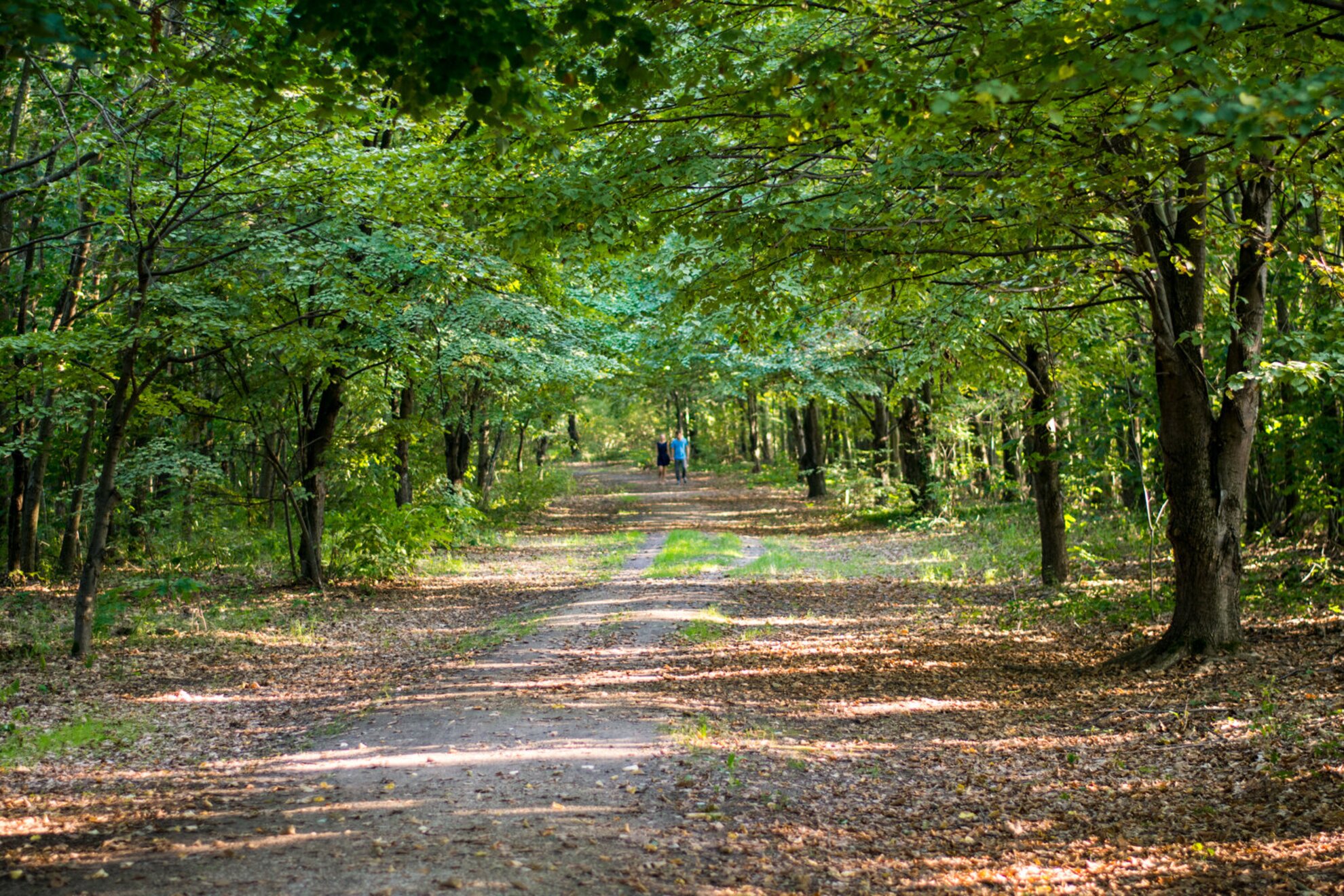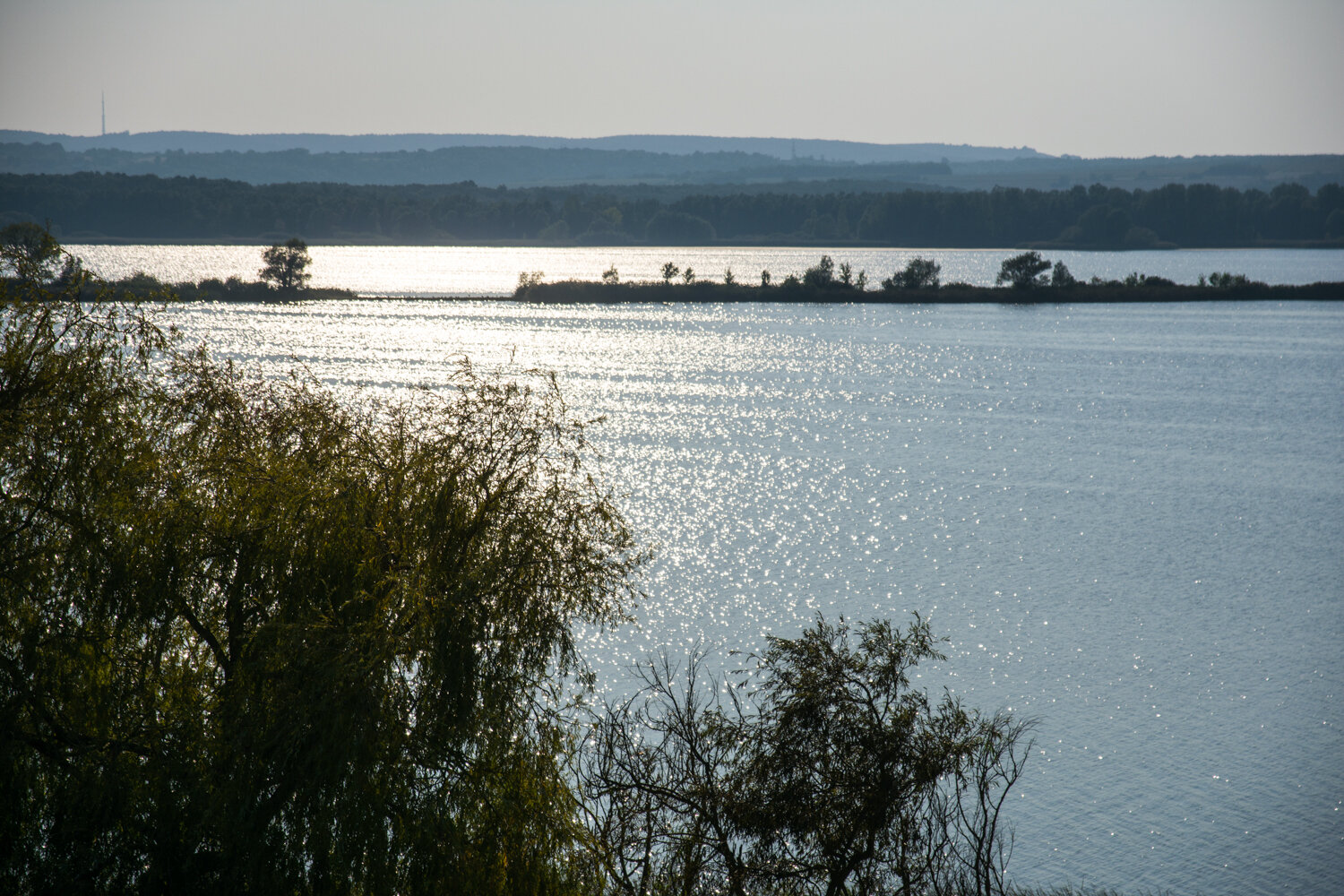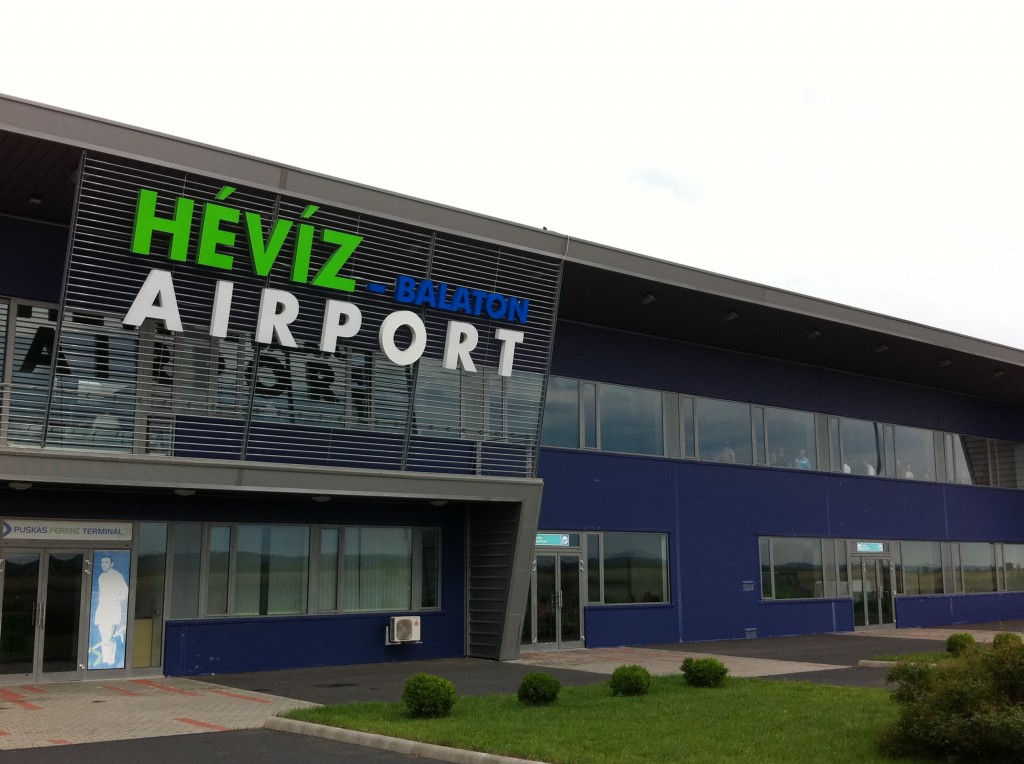The magical world of Kis-Balaton has been immortalized in the yellowed pages of novels and on the screen as well – it was the favorite region of Hungarian writer István Fekete, whose youth novel, Tüskevár (“Thorn Castle”), and its TV adaption is set there. It’s never too late to visit Kis-Balaton to watch the birds, rest under old trees, and listen to the rustling reeds. We can look into the secrets of this land if we take a guided tour on Diás Island, or we can tour Kányavári Island freely, without a guide.
Kis-Balaton, which is often said to be one of the most special areas in Hungary, lies next to the southwest part of Keszthely Bay. It used to be a bay of Lake Balaton until the end of the 18th century, where Zala River used to lay down the accumulated drift it’s been carrying for a long time. Then the two parts were torn apart due to human intervention (flood gates, embankments). The landscape that was left behind became a marshy and reedy area. In previous articles, we mentioned why it’s great to tour around here on a bike, now we show two routes that are best to conquer on foot.
Diás Island
Diás Island can’t be visited individually, only through the guided tours organized by the Balaton Uplands National Park. The tour starts from the Kis Balaton Research Building in Fenékpuszta (GPS: 46.700841, 17.23867); participants take their own car from there, then, after three kilometers they continue on foot until they reach the island. The original opening hours are valid from May 1 to September 30 – during this period, the guided tours start at 10am and 1pm from Tuesday to Friday, and at 10am on Sunday, regardless of the number of participants. There’s no need to make an appointment in advance.
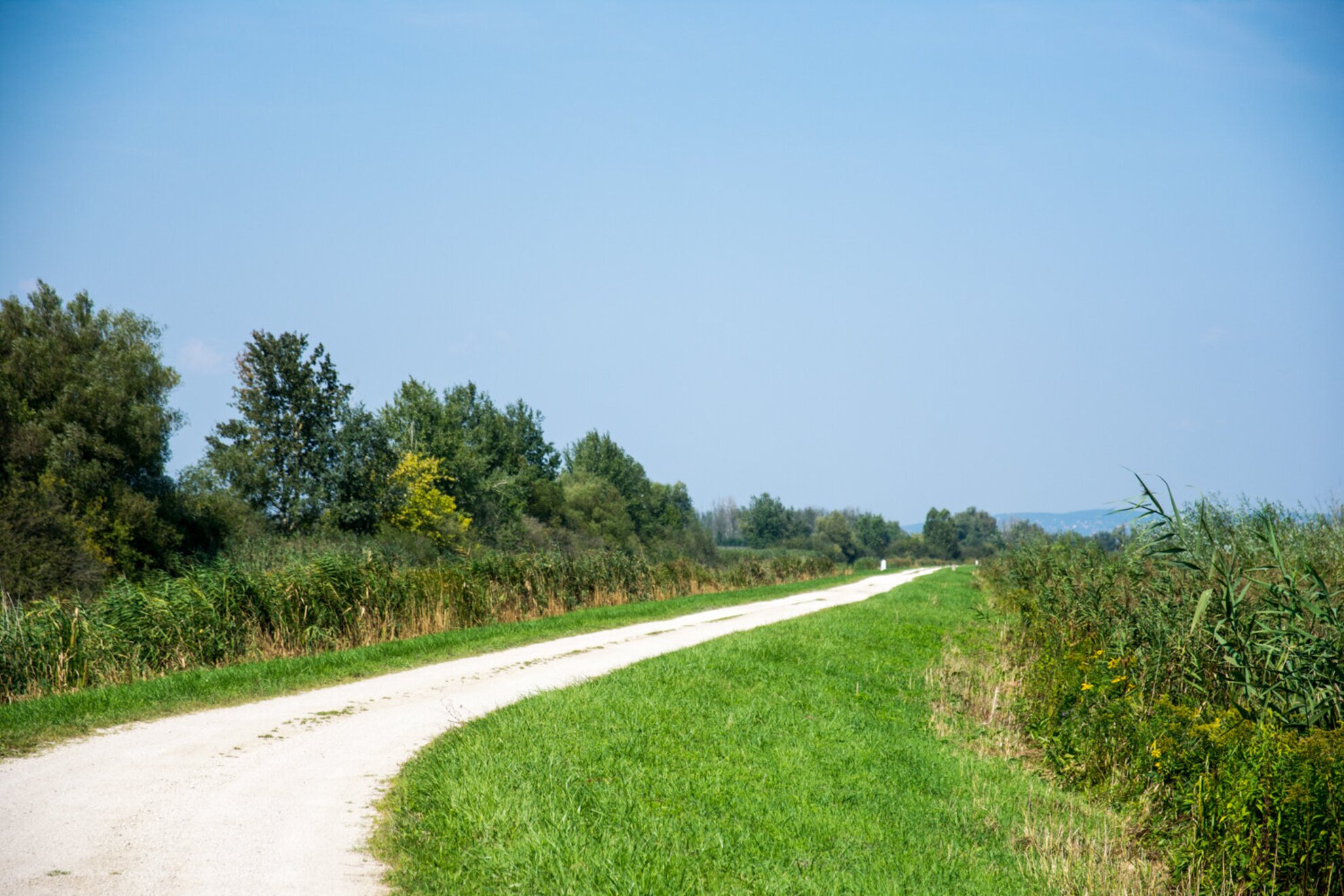
The road to the island is wonderful – we walk there after leaving the cars behind. Here we can see the hut of Uncle Matula, the old marshman from Fekete’s novel, which was built from the original plans, as well as the memorial room for István Fekete and scientist Jakab Vörnöczky Schenk. The national park lets guests explore the island with their dogs, although our four legged friends have to be on a leash all the time.
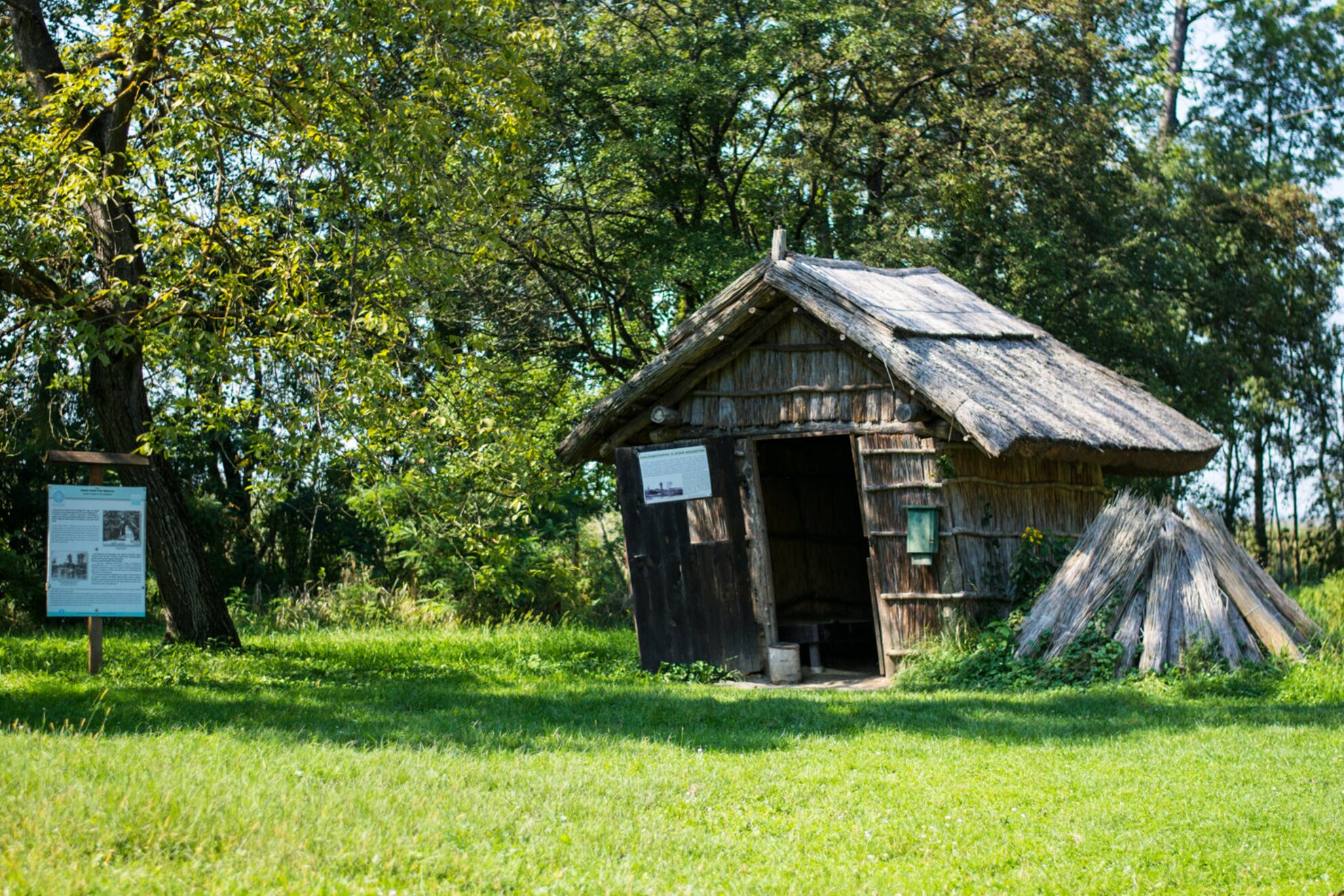
Fishermen used to live in huts like this, and before finishing his novel, Thorn Castle in 1957, István Fekete visited the area multiple times. During these visits he lived under the same conditions the fishermen used to.
Thorn Castle is a popular coming of age story that takes place here, in the tranquil world of Kis-Balaton, where two city boys spend their summer holiday. Here they meet Uncle Matula, the old marshman, who teaches them all there is to know about life in the groves. The novel is very popular in Hungary, and even a TV series were made from it in the '60s. With school children reading it in class all over the country, it's sort of the Hungarian equivalent of such famous coming-of-age novels as The Adventures of Huckleberry Finn or To Kill A Mockingbird.
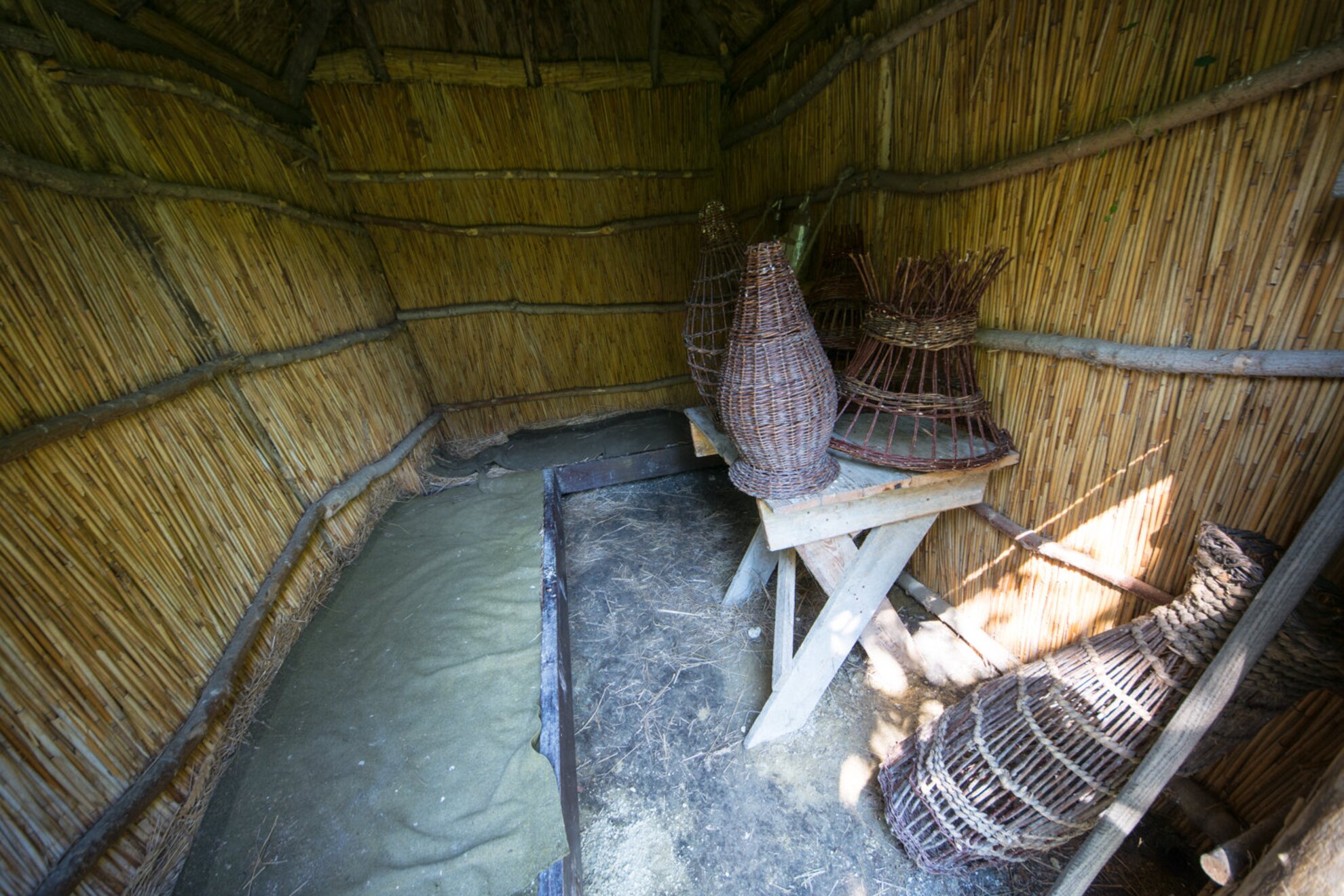
One of the information boards of the tour quote from a letter of author: “I was the guest of an ornithologist friend of mine for eight days at Kis-Balaton, which means – and I do mean it literally – we were fishing for eight days in a row. We only saw one man, who brought some soda water every now and then as the water was undrinkable.”
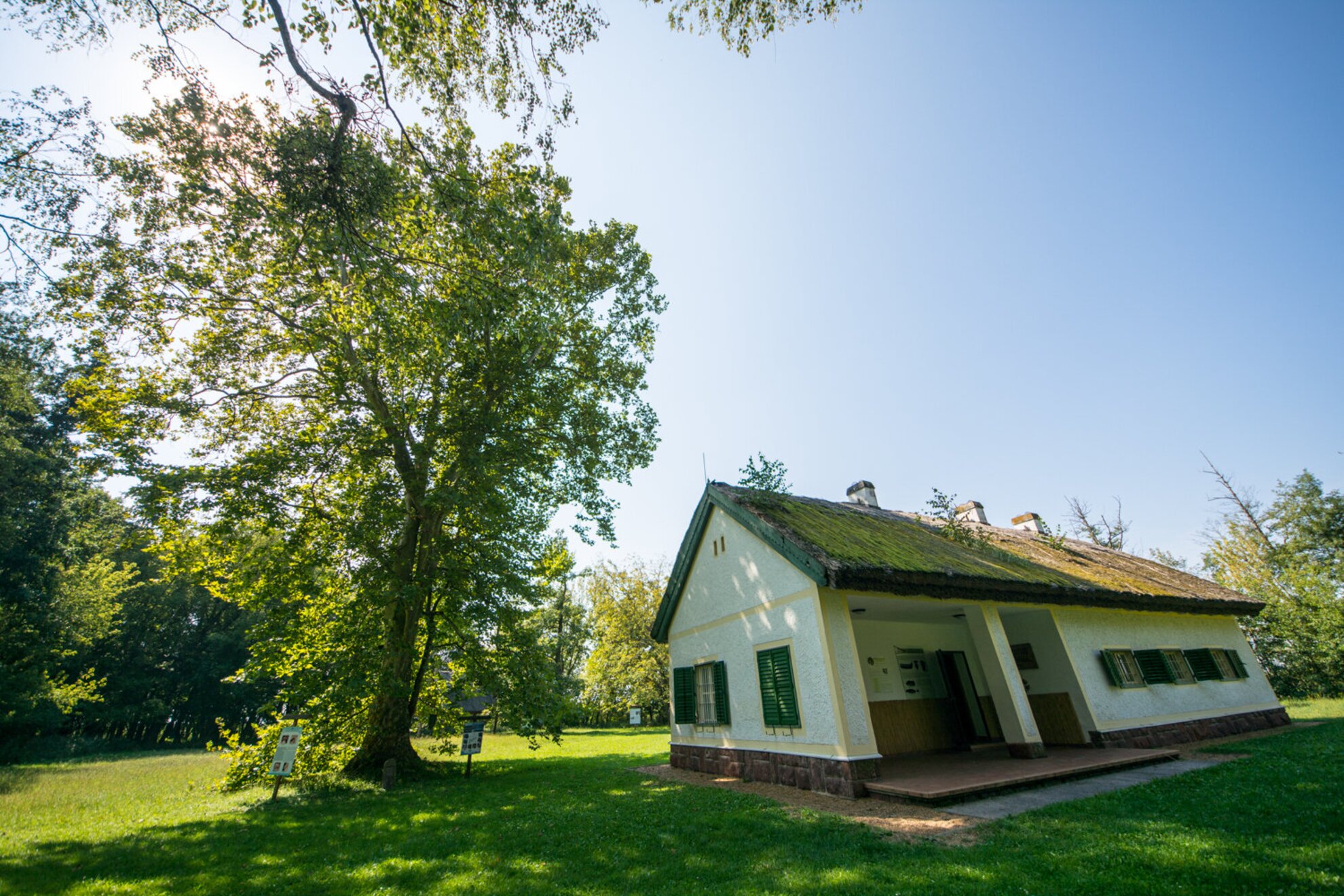
Besides honoring István Fekete, the nearby memorial house also pays tribute to scientist Jakab Schenk Vönöczky, who did a lot to preserve the local wildlife during the first half of the 20th century. He achieved the first bird ringing in the area.
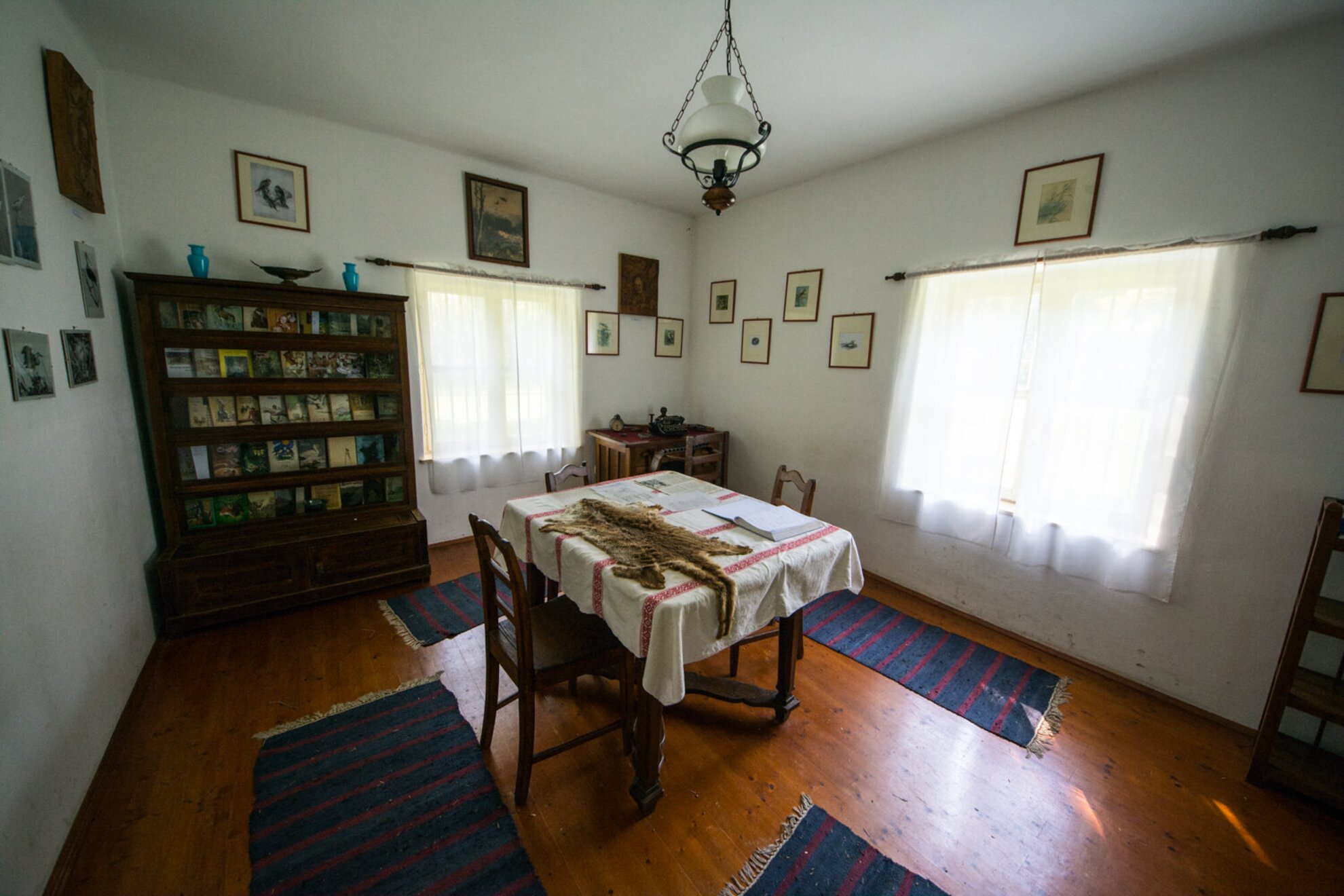
The atmospheric interior is decorated with paintings and drawings depicting the fauna, and with the works of István Fekete.
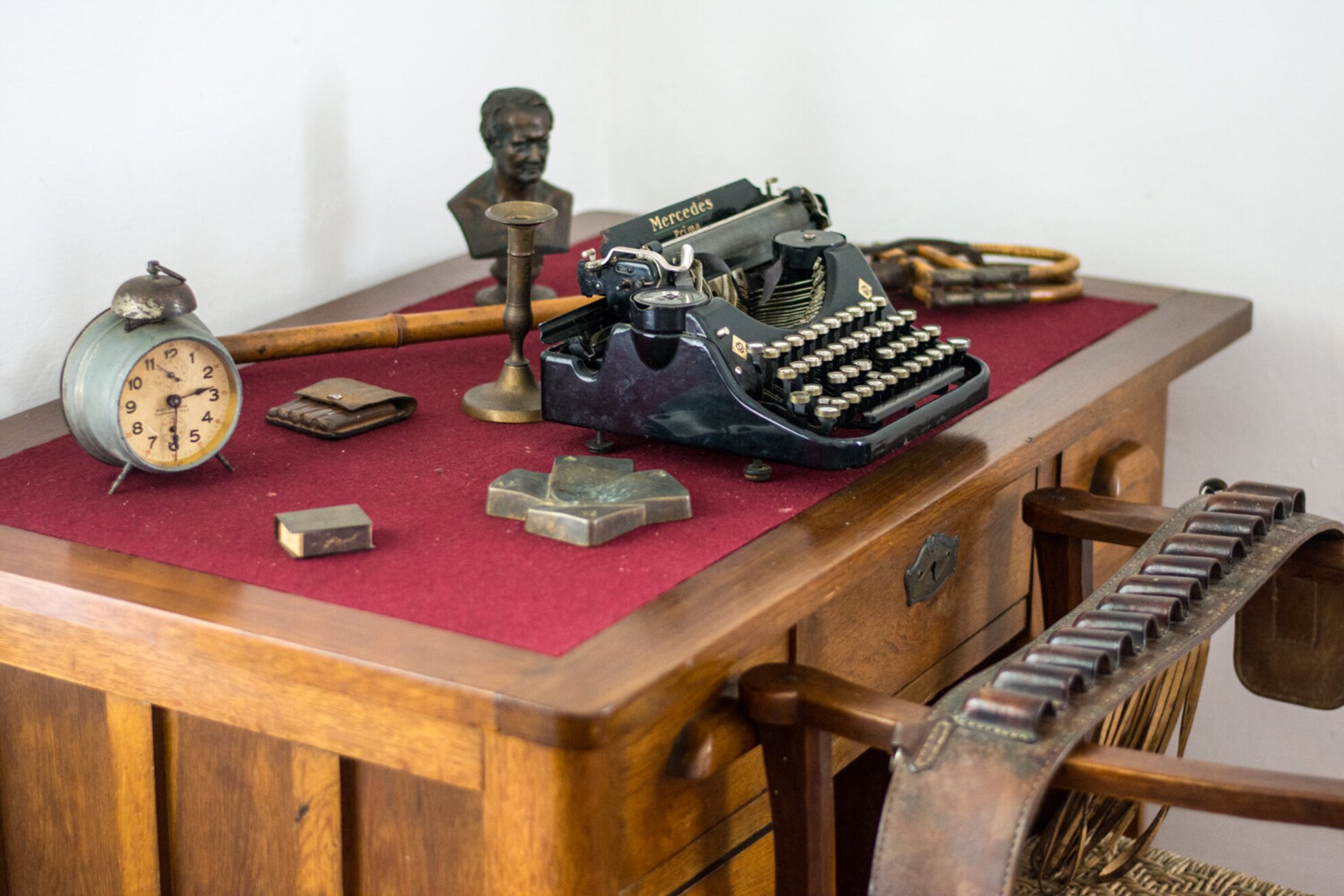
You can see many of István Fekete’s belongings in this room, including his famous typewriter which he used for writing Thorn Castle and Winter Grove (the sequel to Thorn Castle, its Hungarian title is Téli berek).
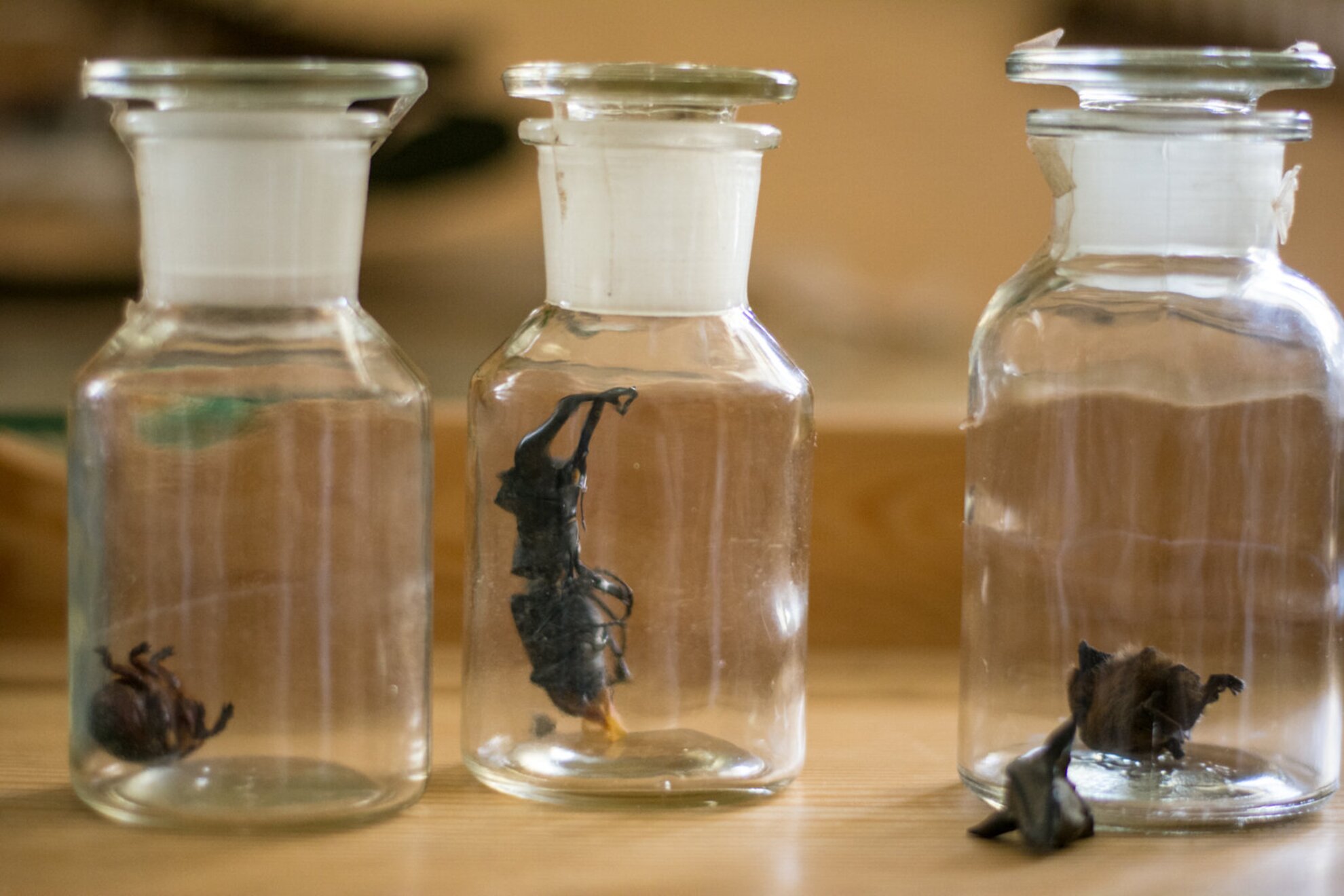
Pictured above are the remains of bugs and bats, for study purposes and for posterity's sake.
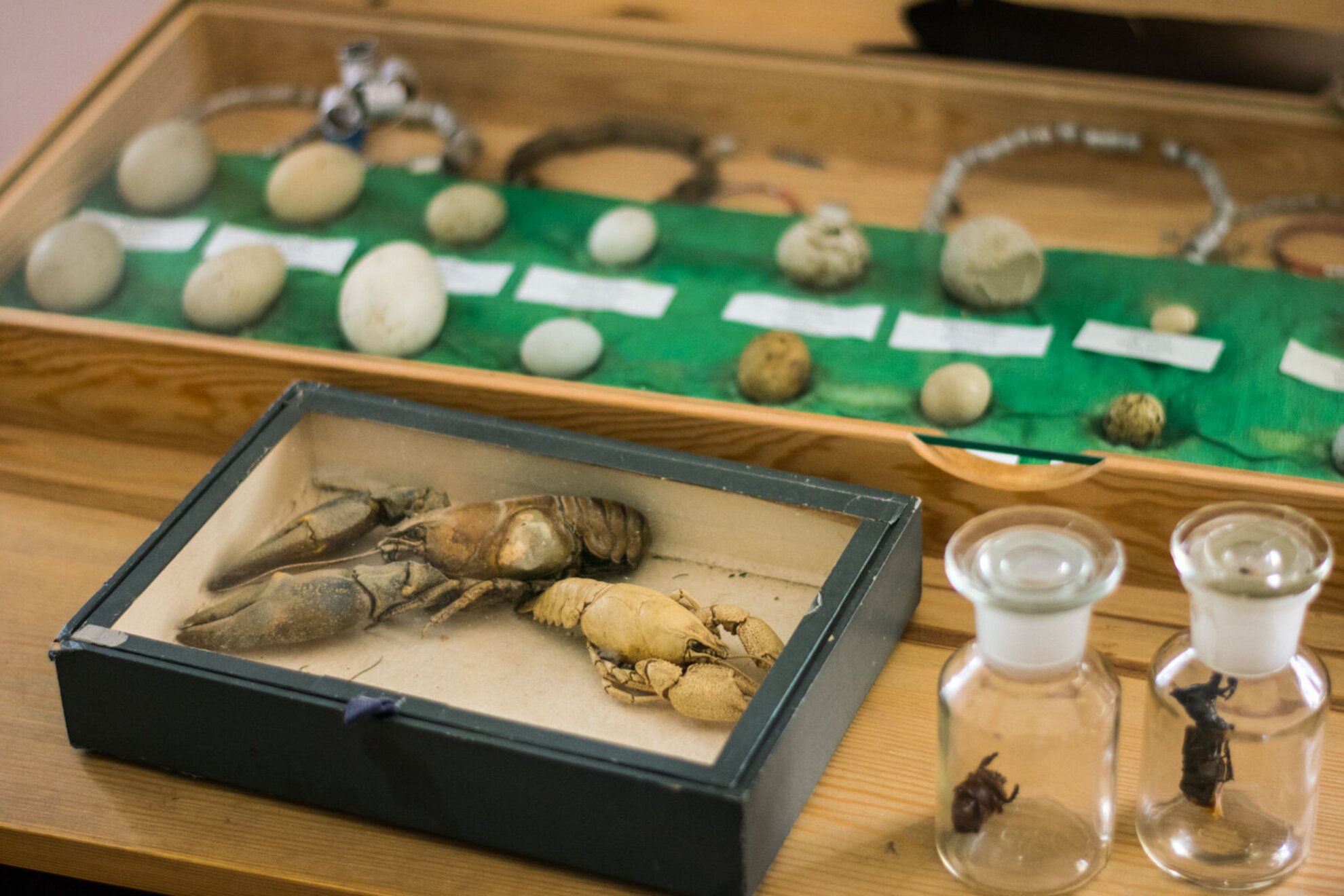
Jakab Vönöczky Schenk preserved crayfish, the number one residents of rivers and reeds, to show them to the succeeding generations.
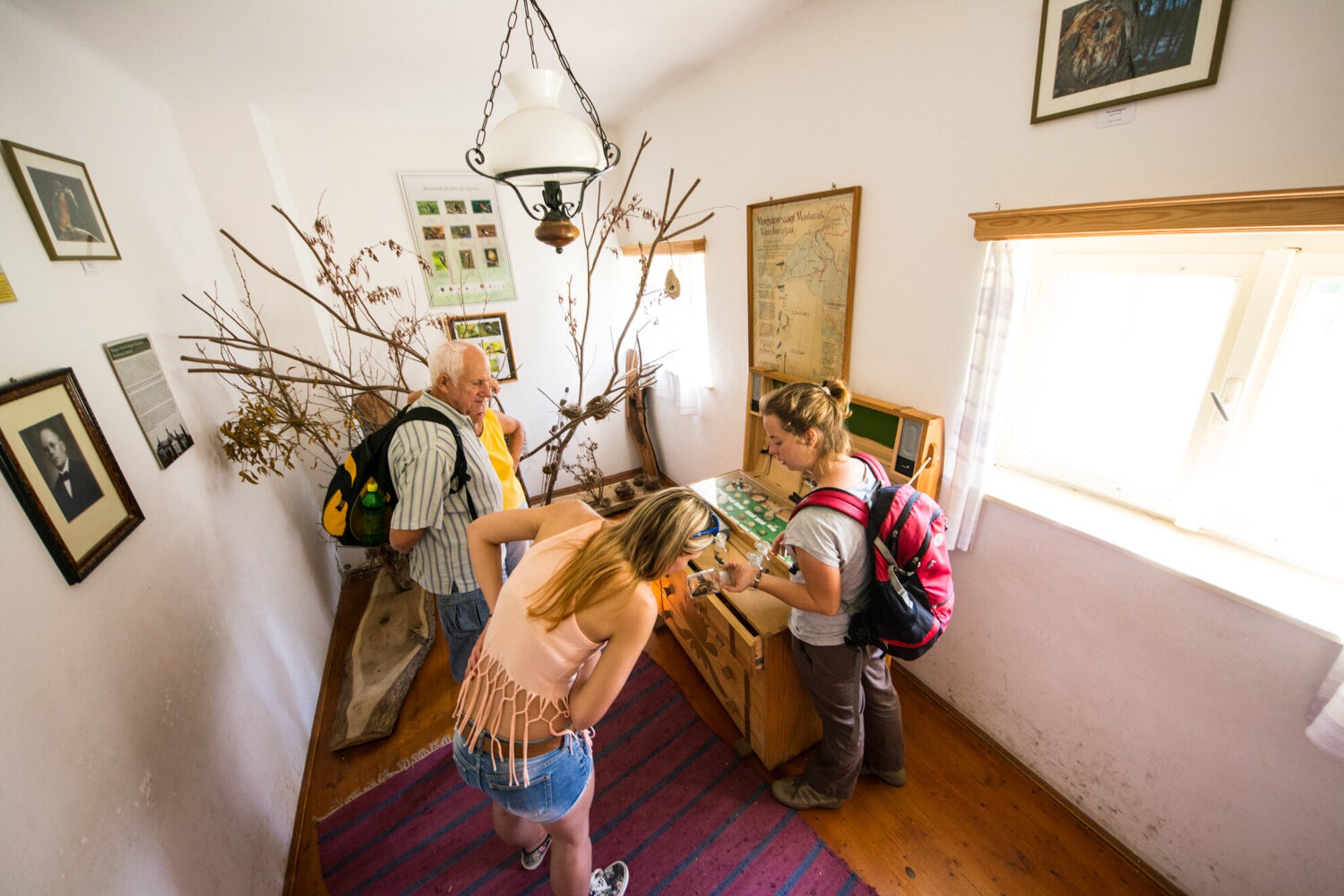
On request, they even have short workshops at the memorial house for student and kindergarten groups about fishing and the fish of the area.
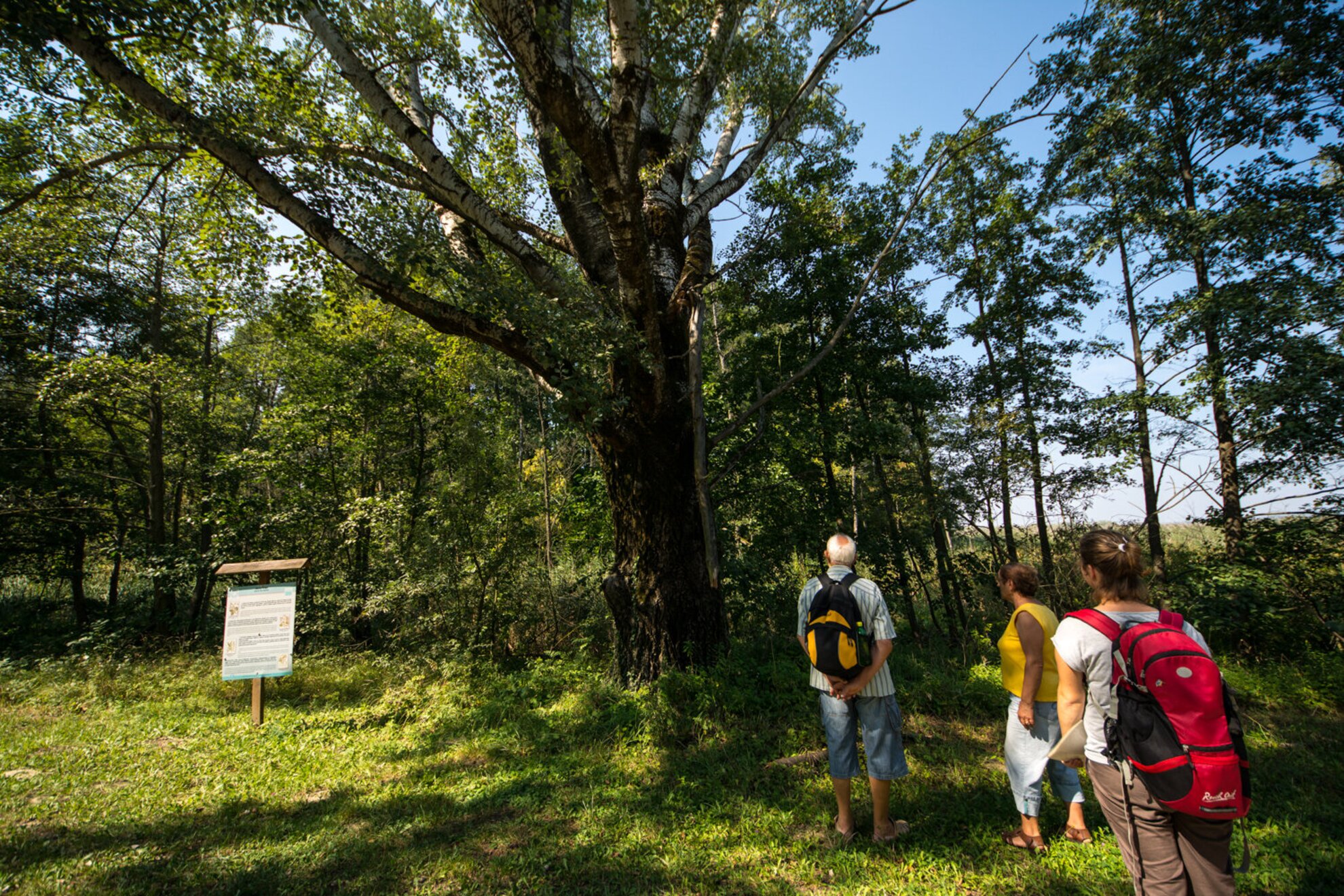
The stations of the Diás Island study trail were set by the national park in a way that while going through all of them, we got a glimpse into the world of aquatic plants, bats, fish, reptile, amphibians, birds, and mammals that live around Kis-Balaton.
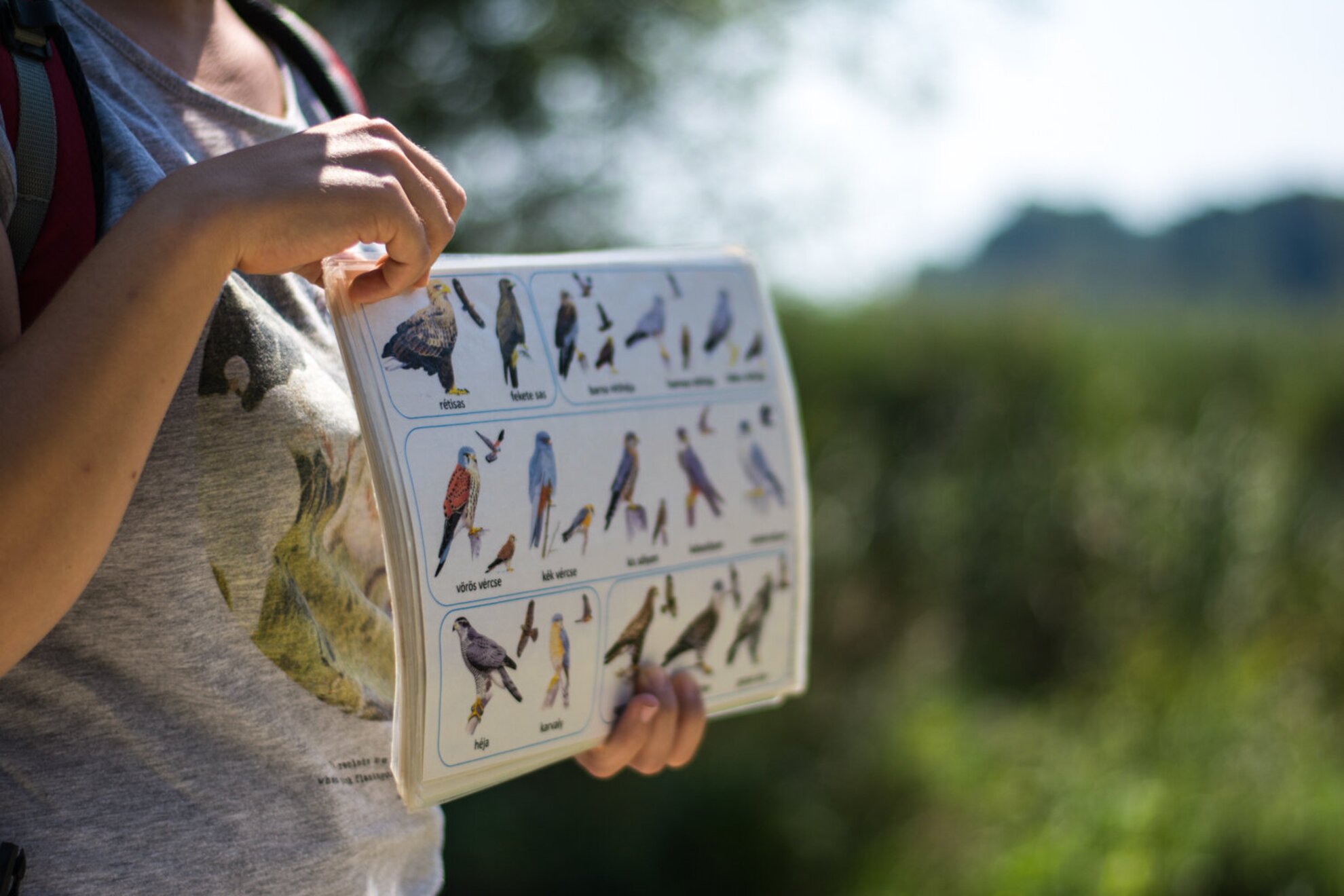
We can learn more about how they pushed back the excessive vegetation of the channels by using water buffaloes, what kind of fishing tool fish weir is, and how it’s used, who played an important role in saving the great egret, and we can learn what purpose corduroy roads served. Standing in front of the Matula hut, we can read an excerpt from a letter of István Fekete, in which he writes about the type of fish he caught during his visits at Kis-Balaton.
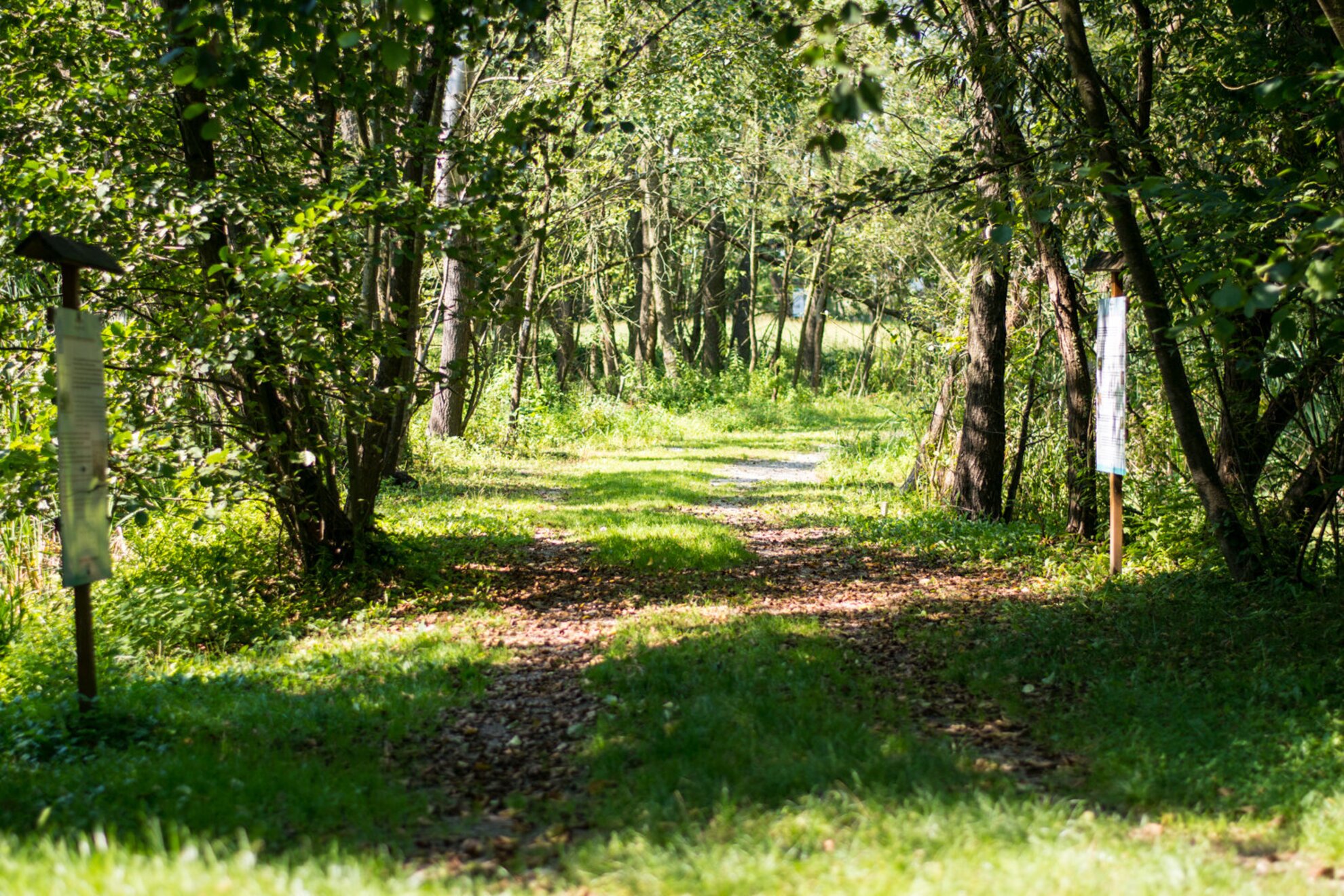
We can walk in the shade of gorgeous old trees along the trail.
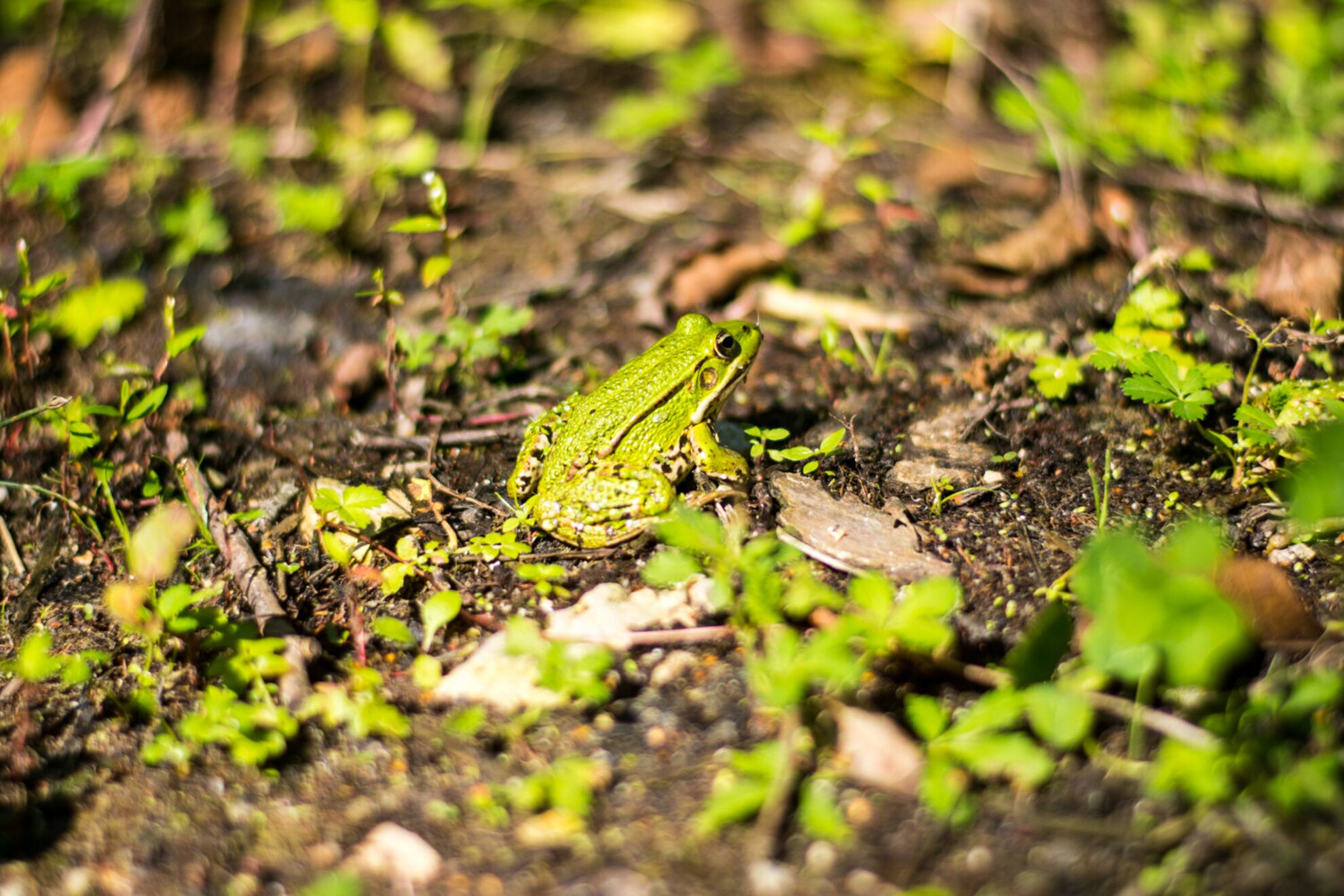
Of course, while we’re walking around the forest, we can finally meet with its residents up close, not just through figures and exhaustive texts.
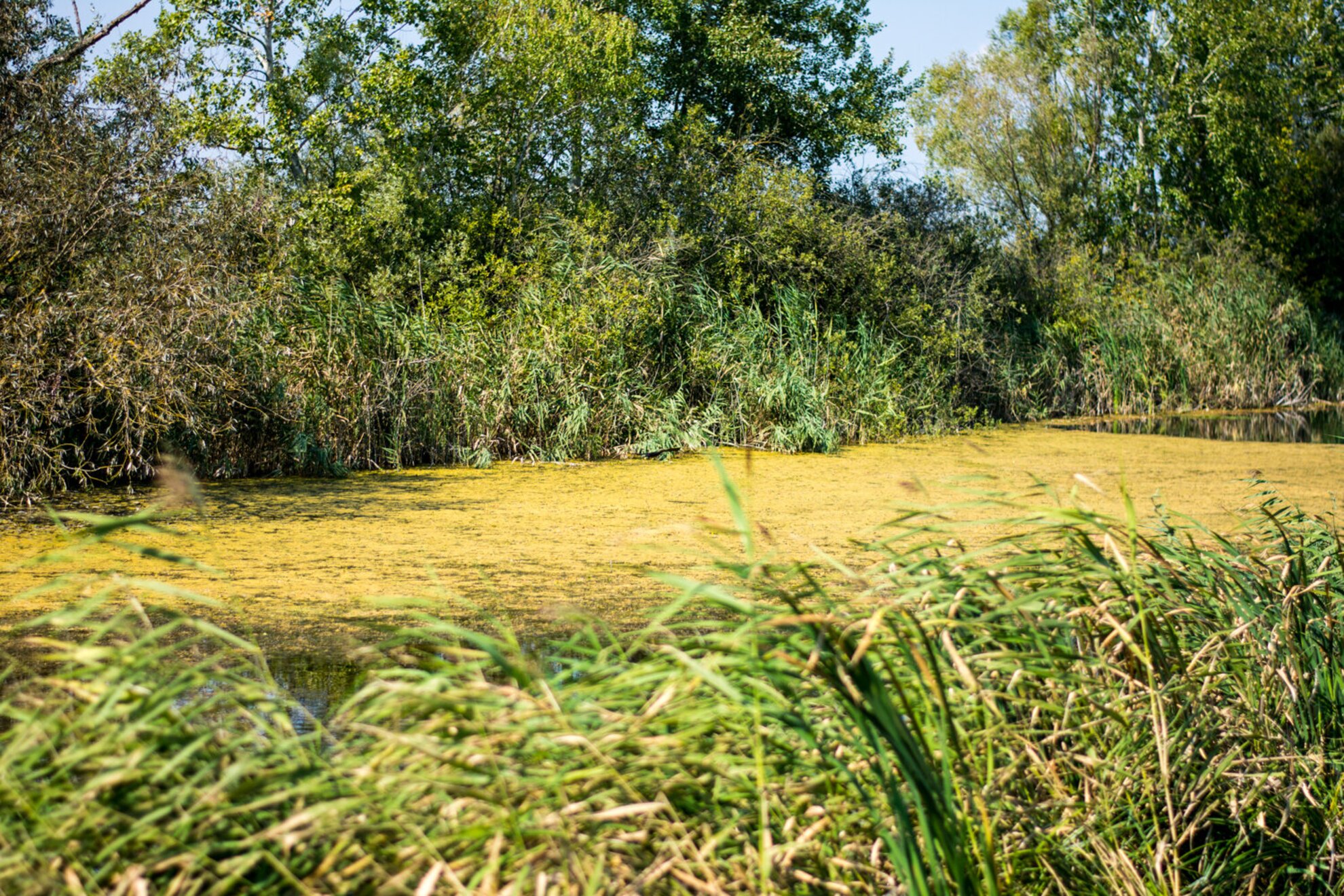
Due to the reeds and rivers, there’s a very rich fauna at Kis-Balaton. You just have to sit down at the waterfront and listen to them.
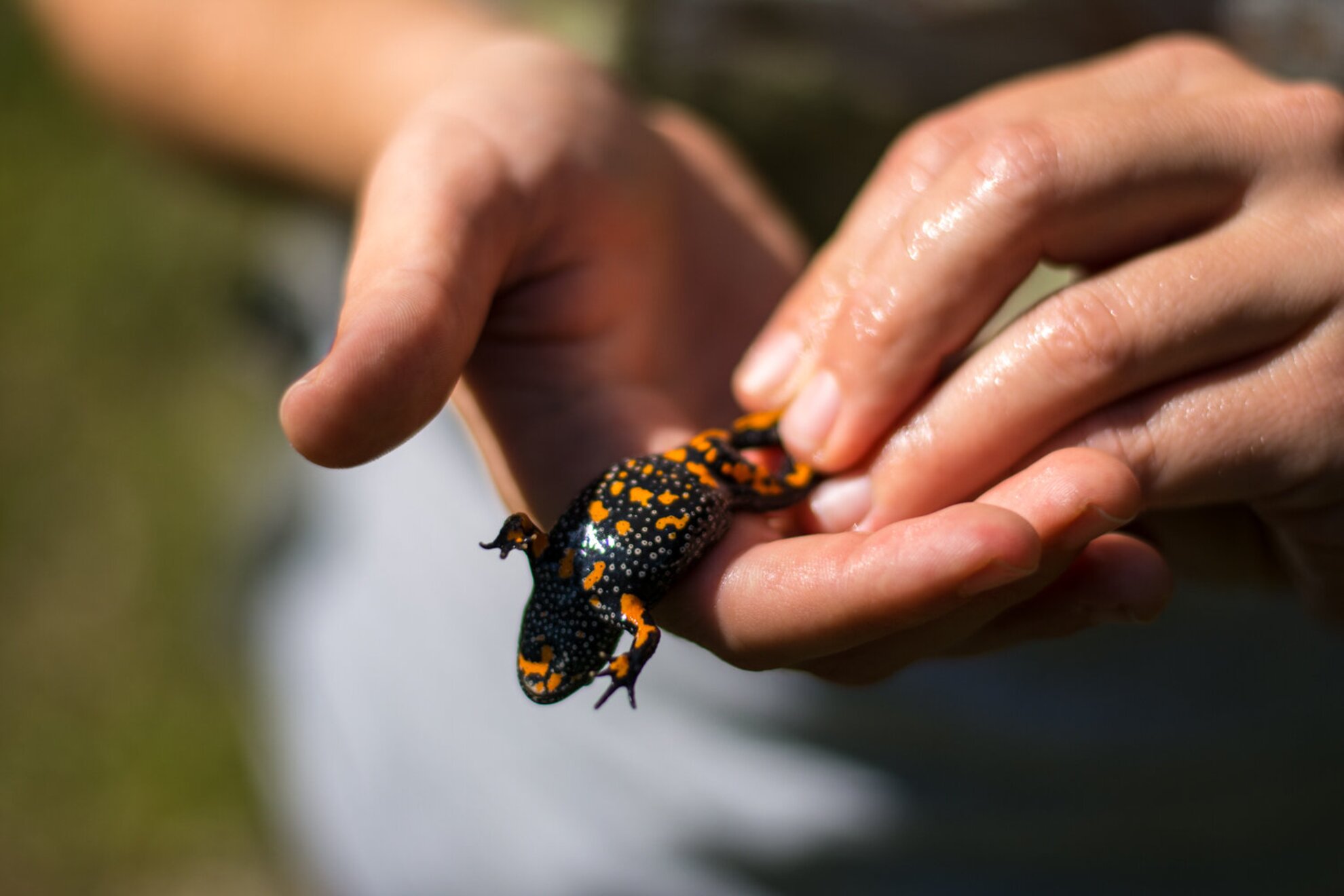
And then, for example, you can see him, the fire-bellied toad. Its gastronomic need isn’t extravagant: he eats insects, spiders, and slugs.
Kányavári Island
Another fairy-tale-like part of Kis-Balaton is Kányavári Island, enclosed by Zala River and the western reservoir of Kis-Balaton. This area can be visited without a guide. You can reach the island by walking across a special wooden bridge.
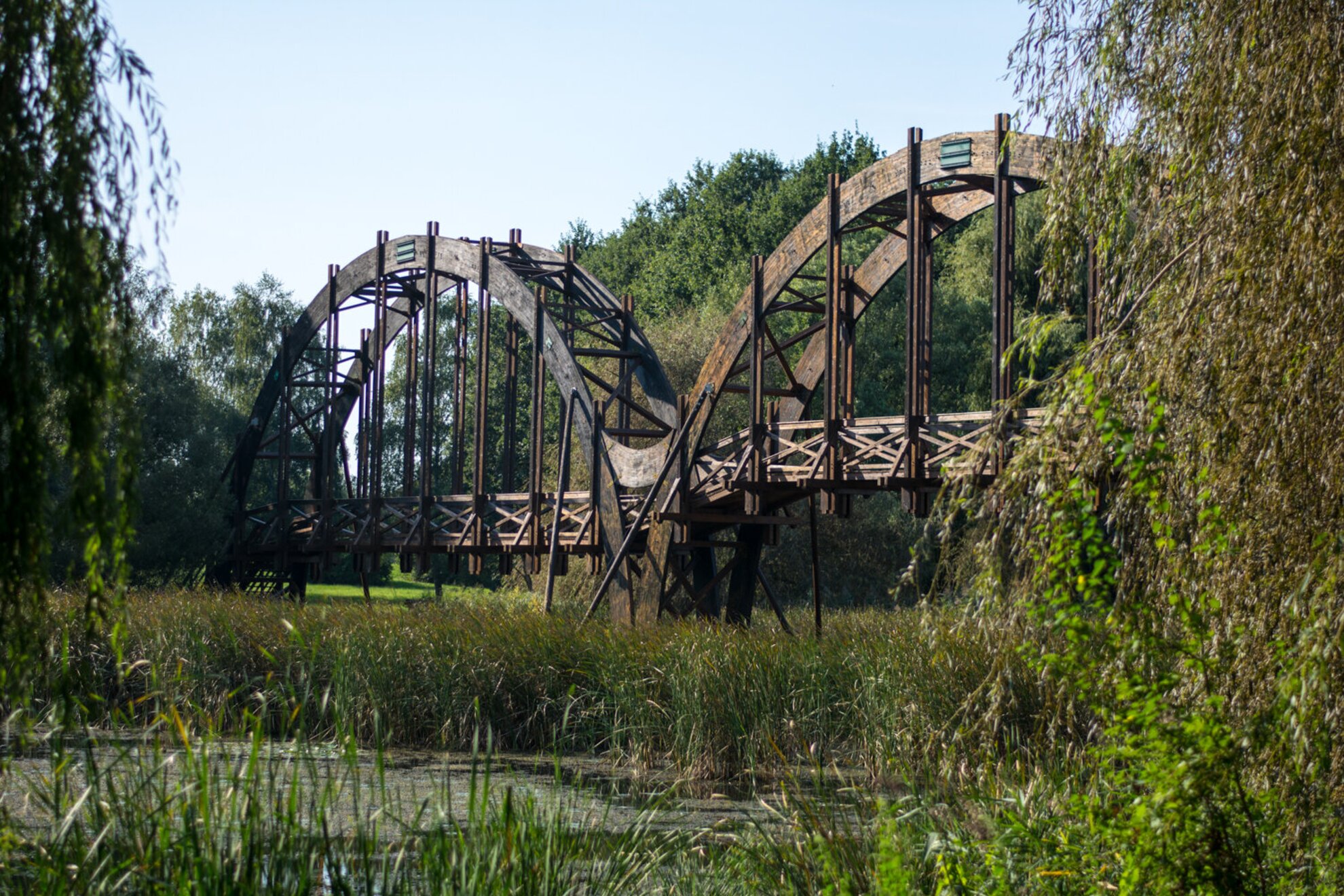
Rising out of the reeds, the wooden bridge offers an extraordinary spectacle. Yet it’s not violent as it blends into the surroundings.
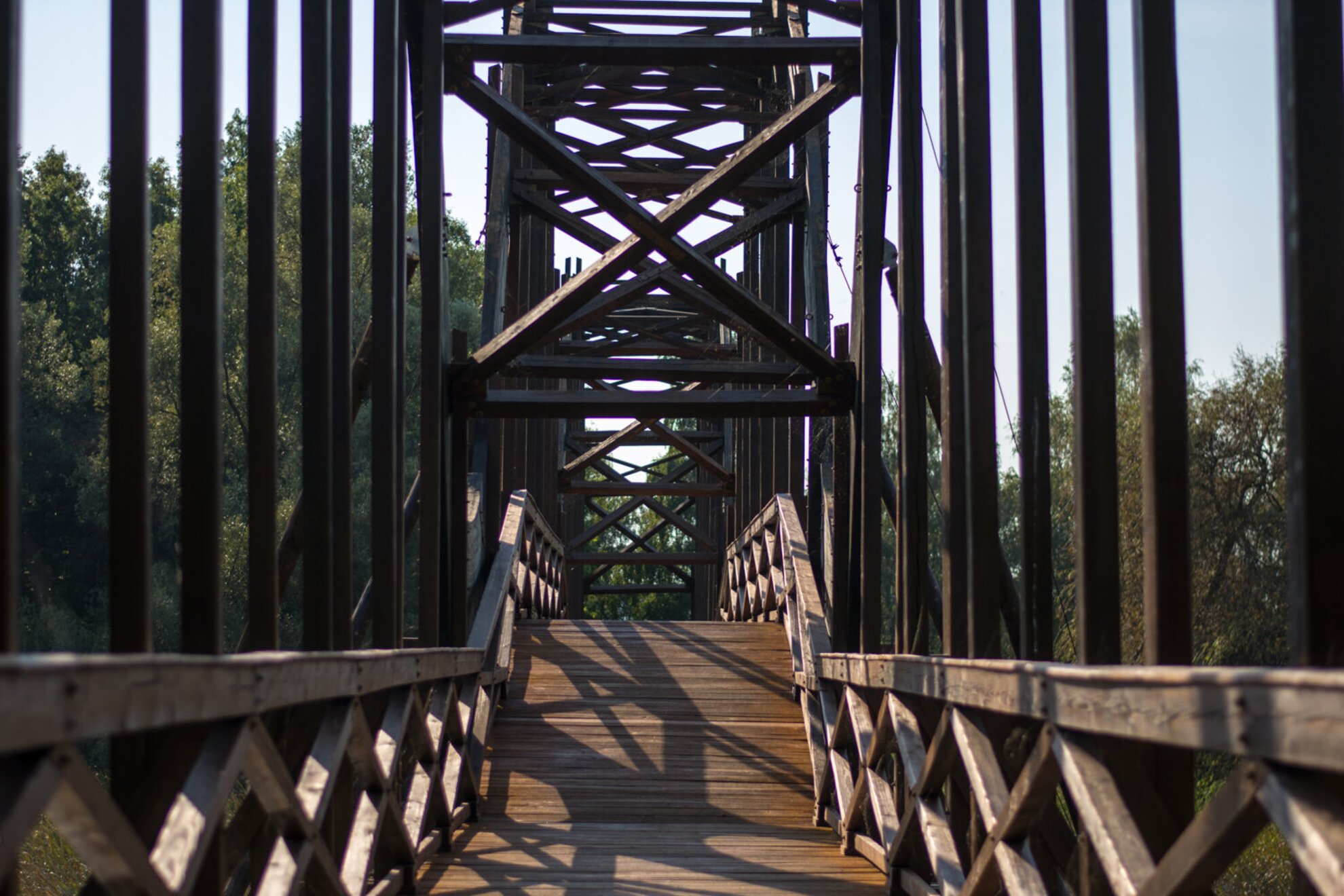
We can get to know the birds of the area through the Great Crested Grebe Study Trail. The tour is 2 kilometers long, and we can walk through it comfortably in about 1.5 hours. The 15 stations of the trail were especially deigned to introduce the birds of Kis-Balaton.
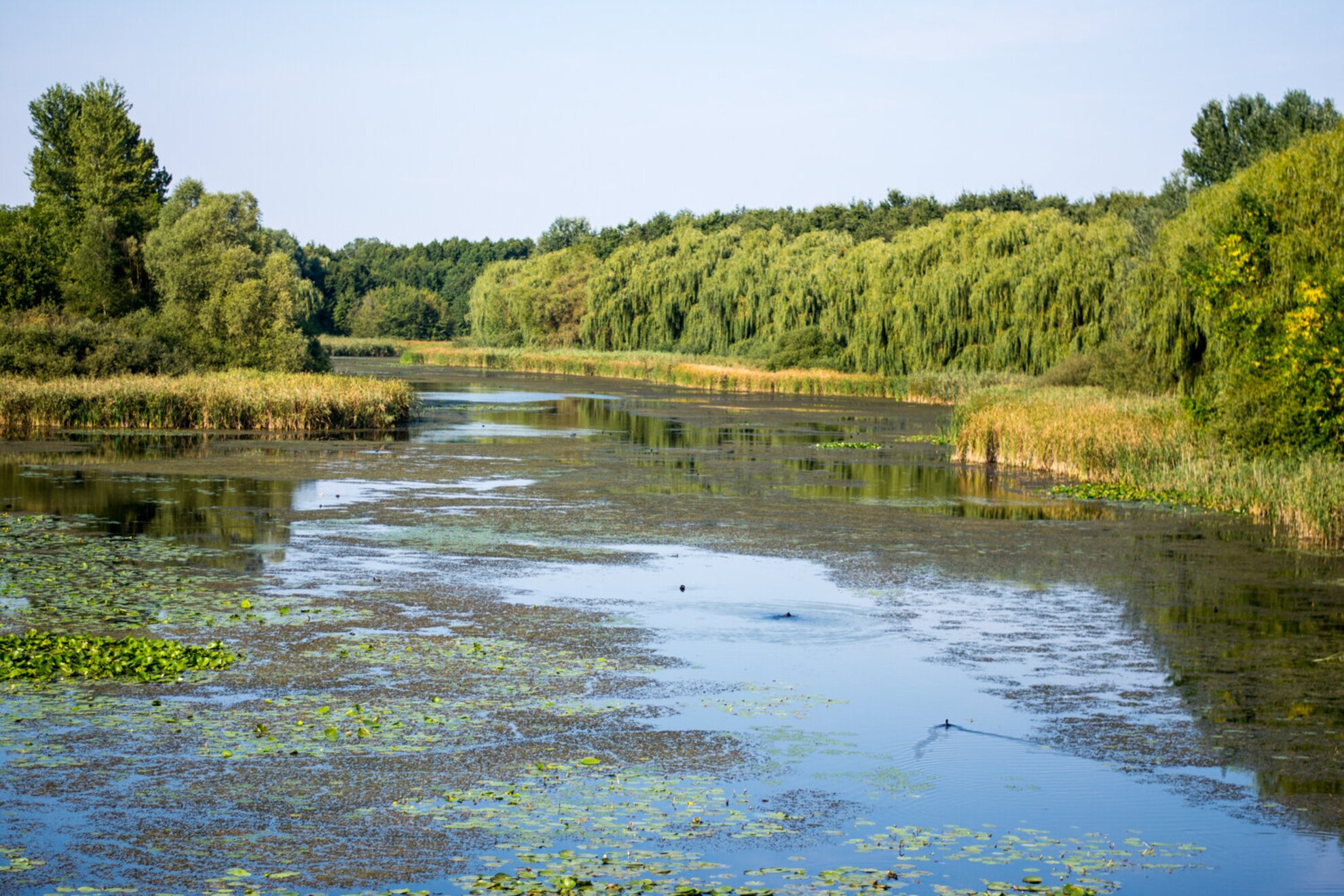
The boards of the study trail all describe a certain group (waders, singers, predators, etc.), but they also show us the special bat-fauna that lives here, and tell us about the water-activities related to Kis-Balaton.
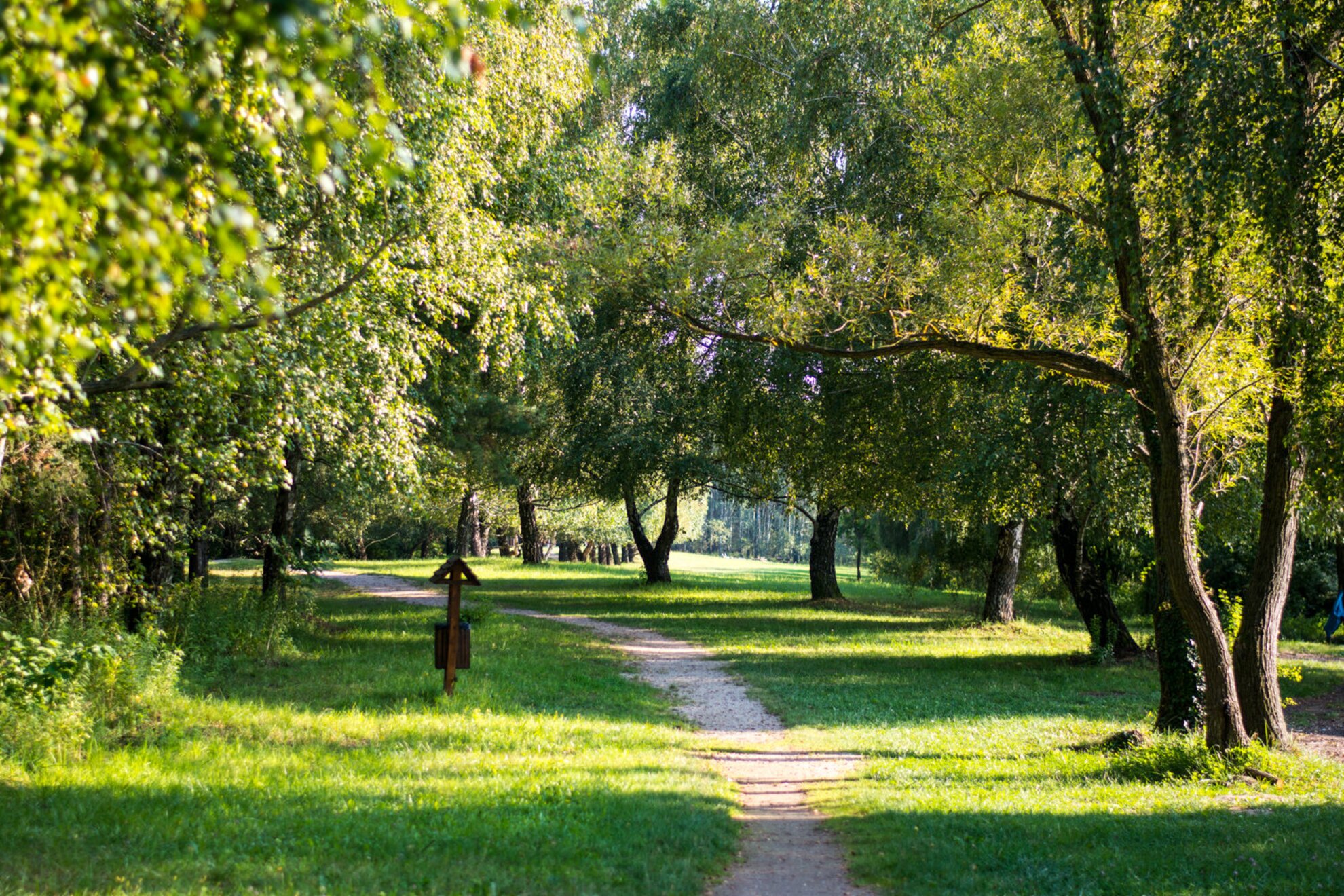
A promenade under old trees.
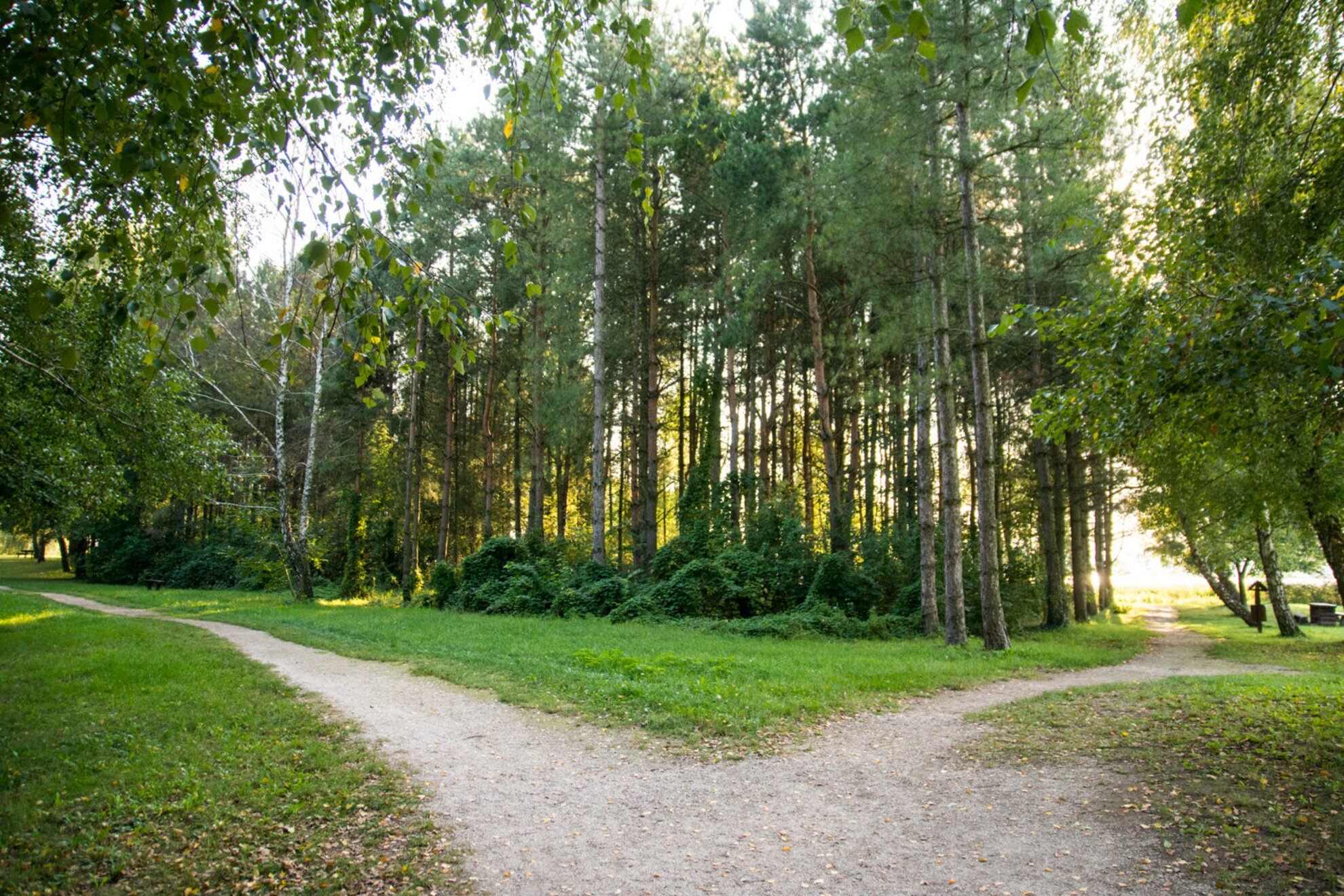
There're only good choices at this crossroad.
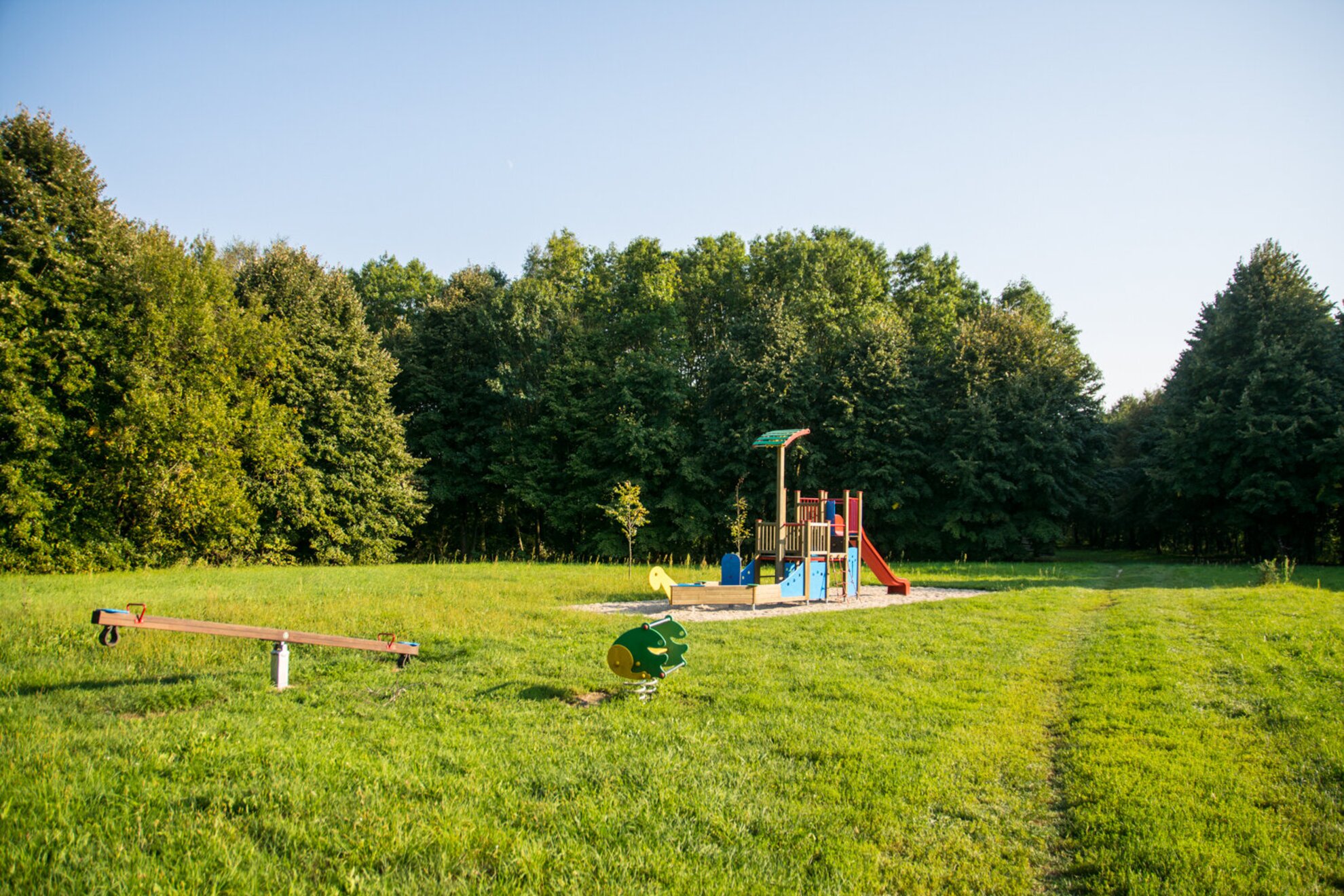
Kids might want to stay on the playground, but the two lookouts are just coming up.
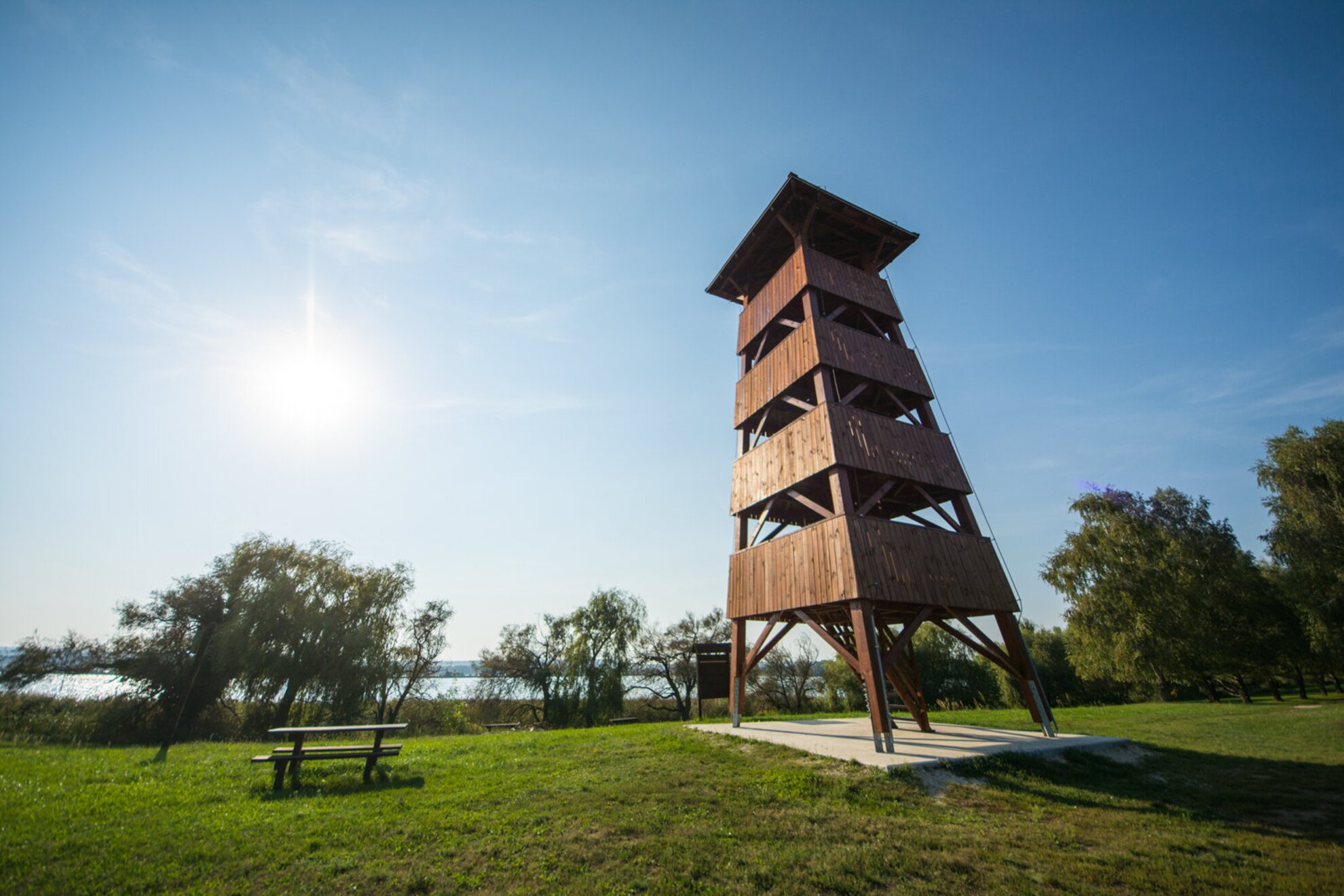
The fact that one of them is called Great Lookout, while the other is the Small Lookout says a lot about them.
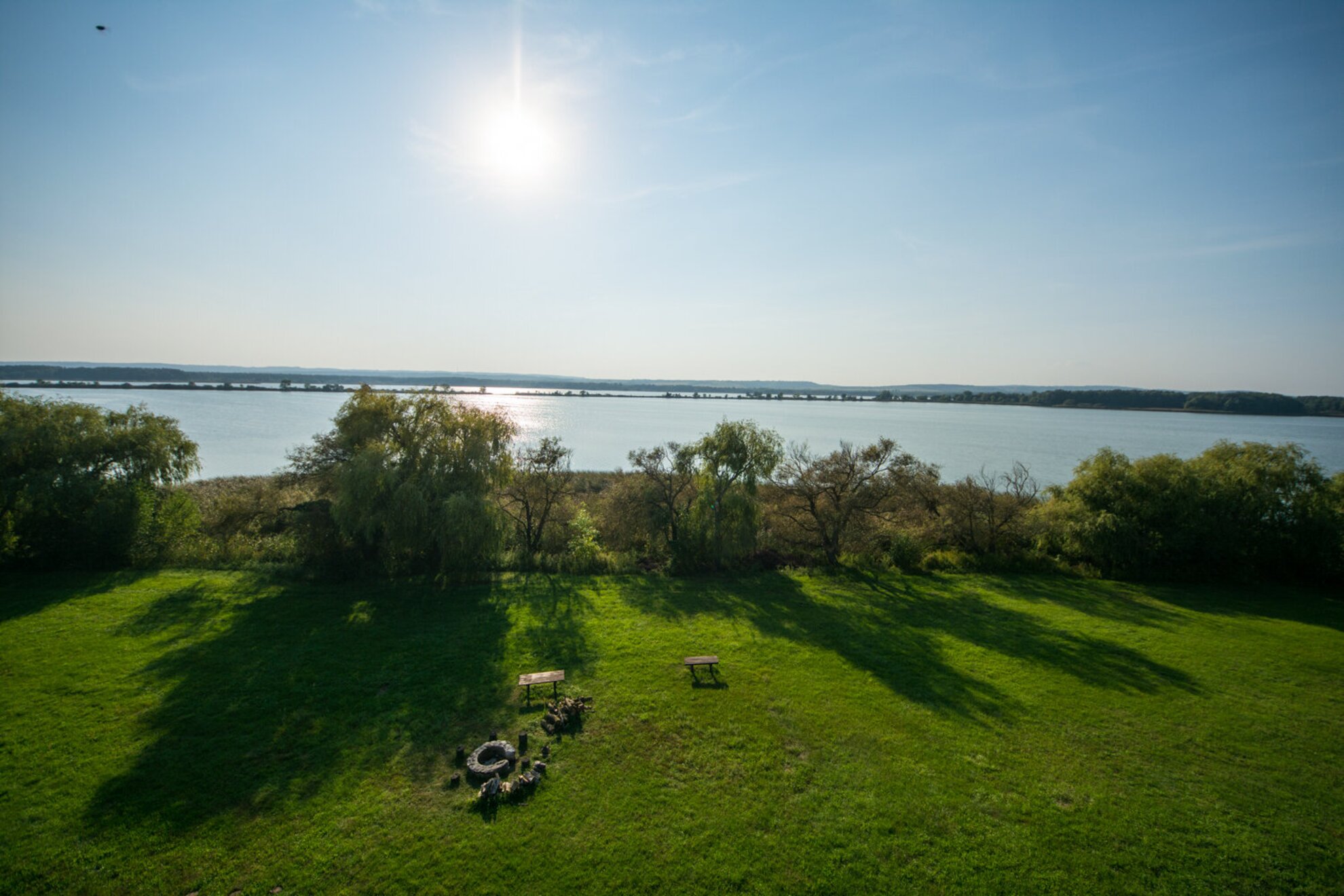
This is the view from the Great Lookout: a picture of a sunset or a sunrise from up here would surely be an Instagram-hit.
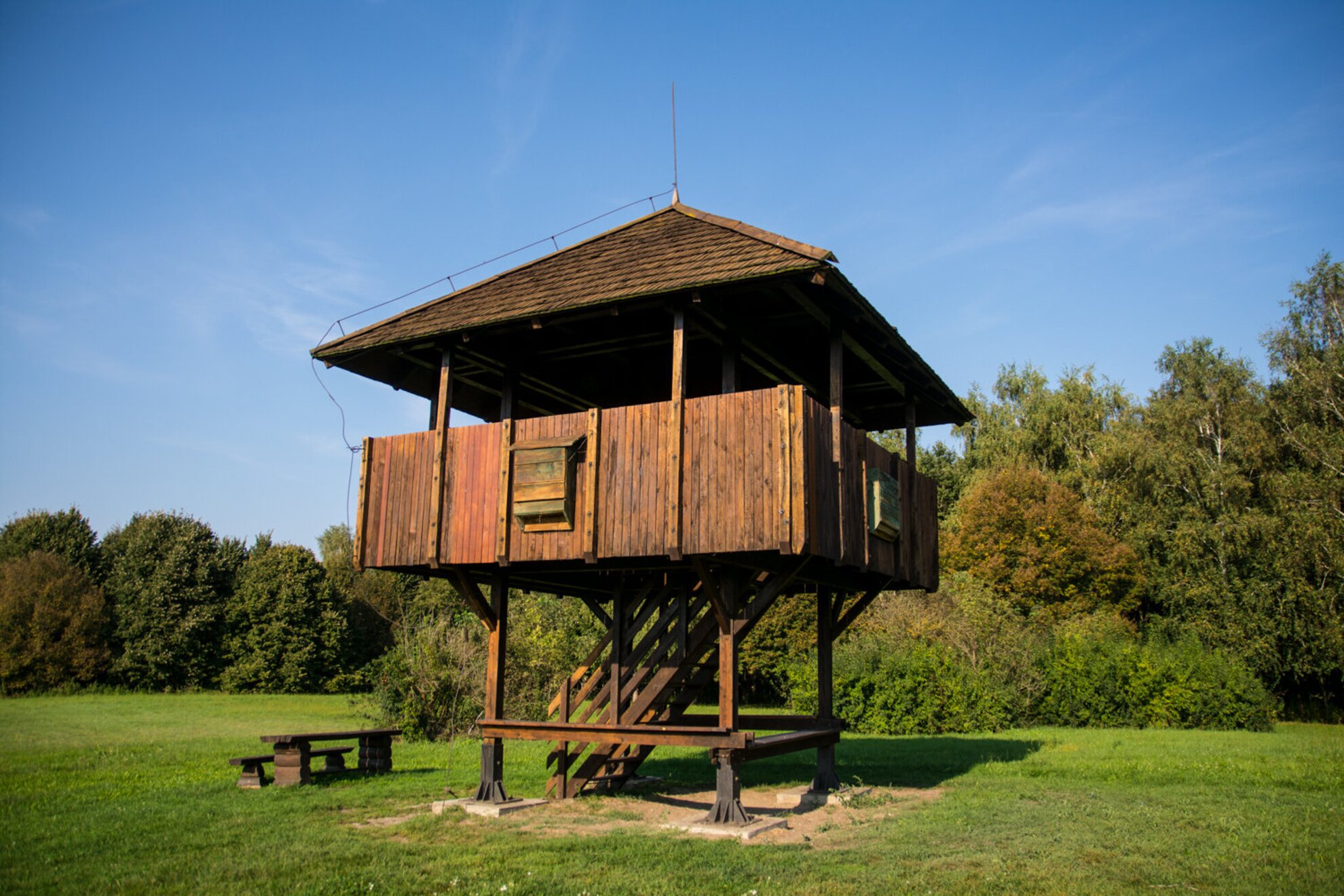
The Small Lookout is a big favorite among children, if they manage to leave the playground behind: everyone would like to have a secret hideout like this in their garden.
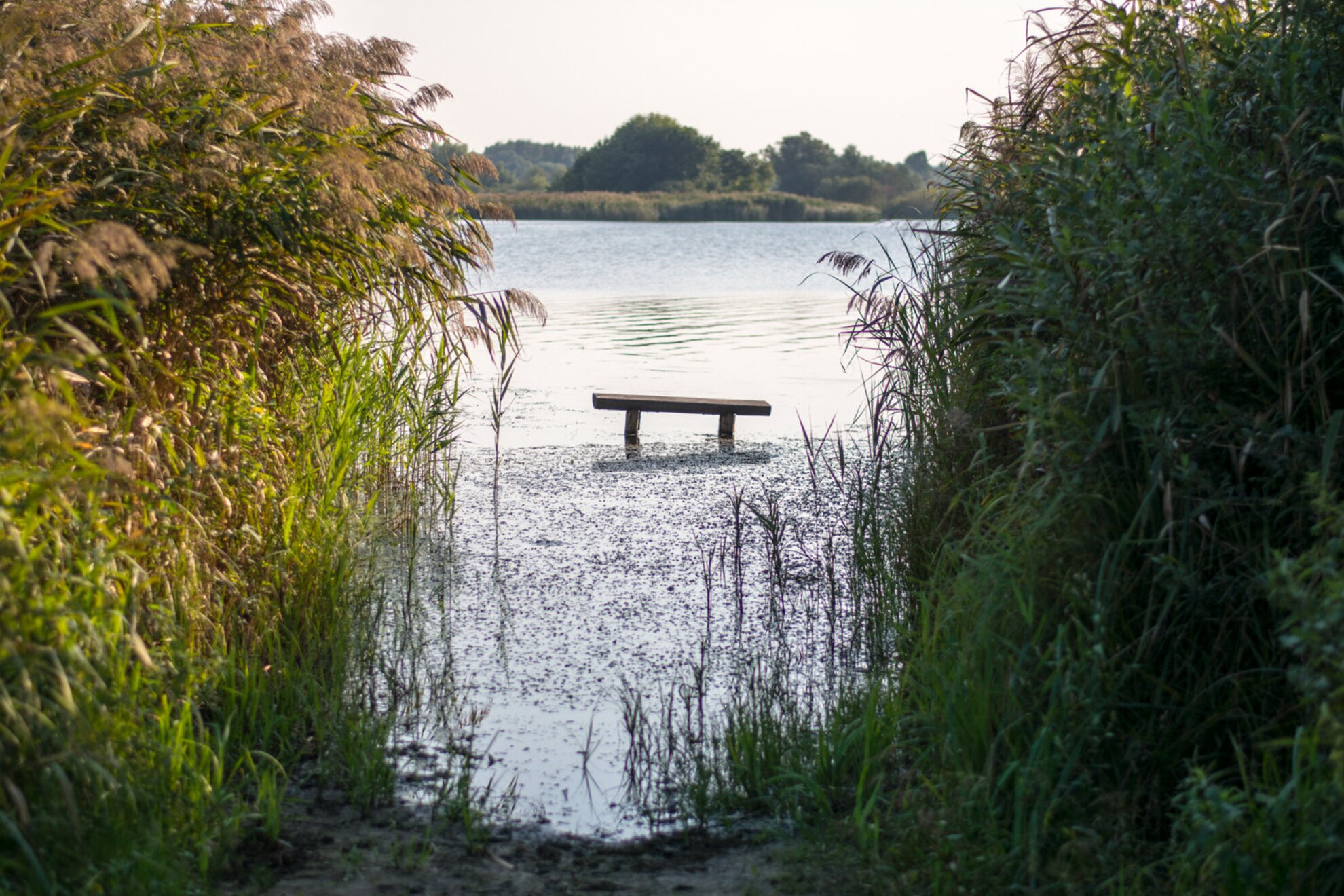
There are secret bays among the reeds.
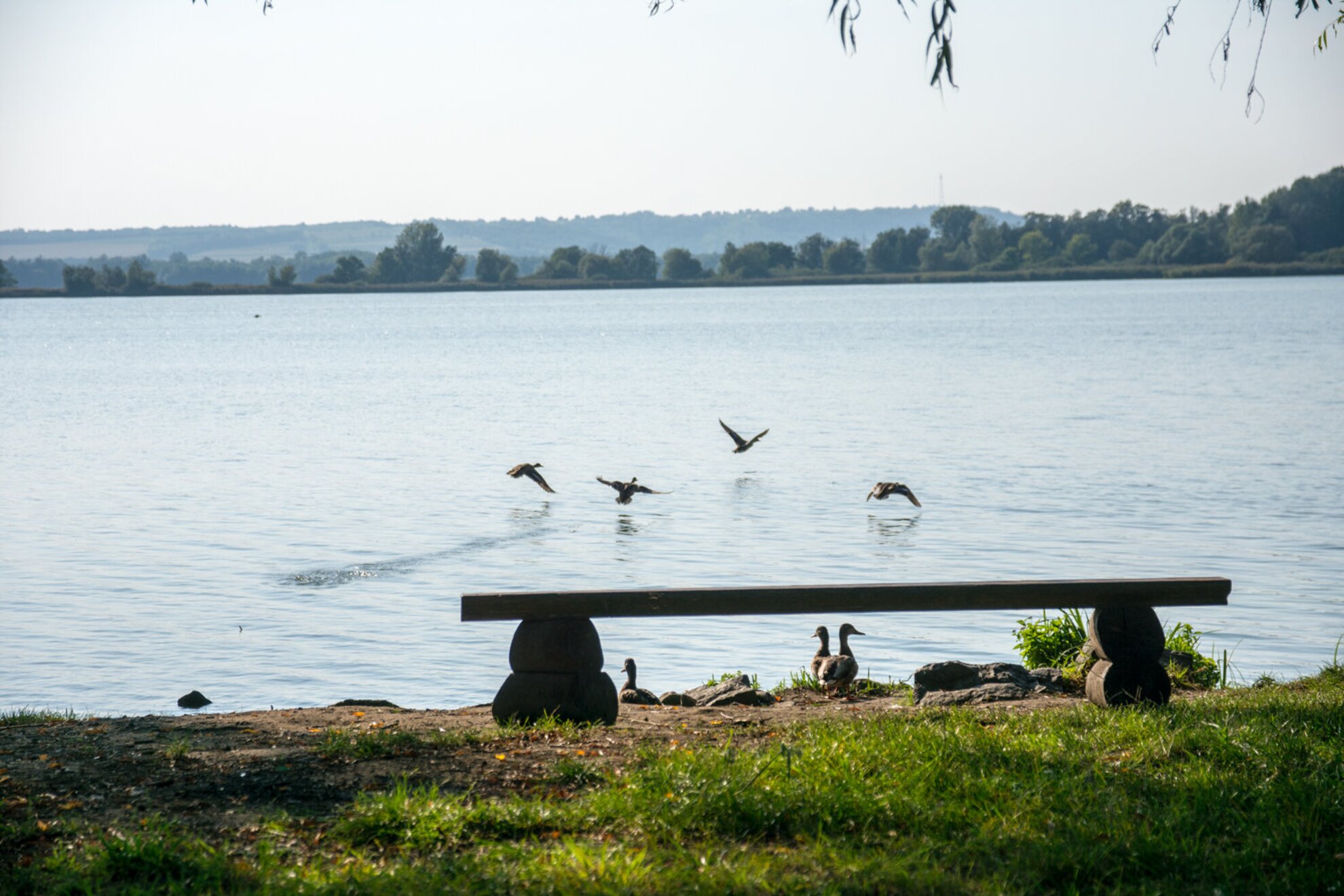
You can sit down to have a picnic at basically any point of the tour. Those who left their picnic-baskets at home, and can’t shop something at the markets of Keszthely or Gyenesdiás, can get some bites at the buffets located right before the bridge, next to the parking lot.
